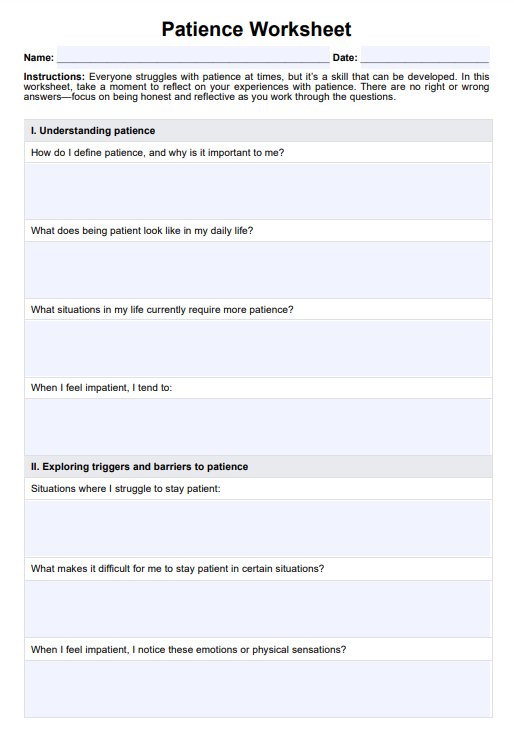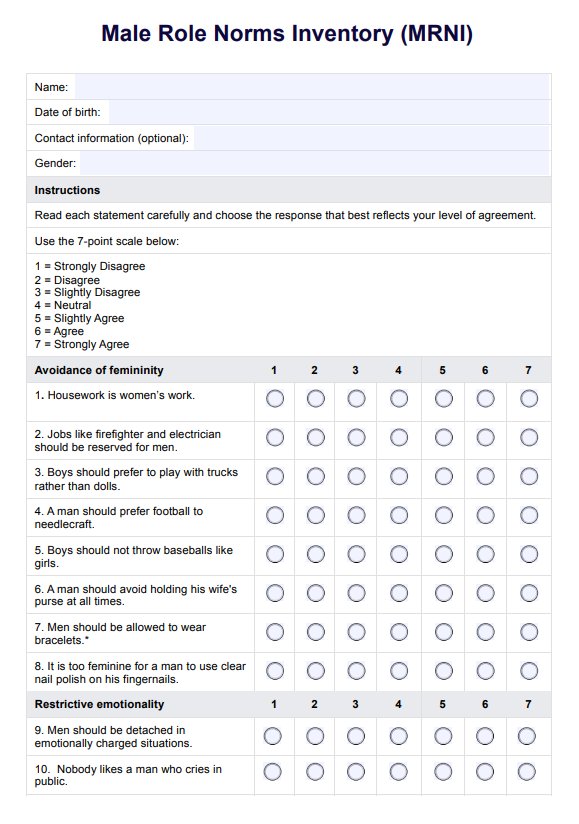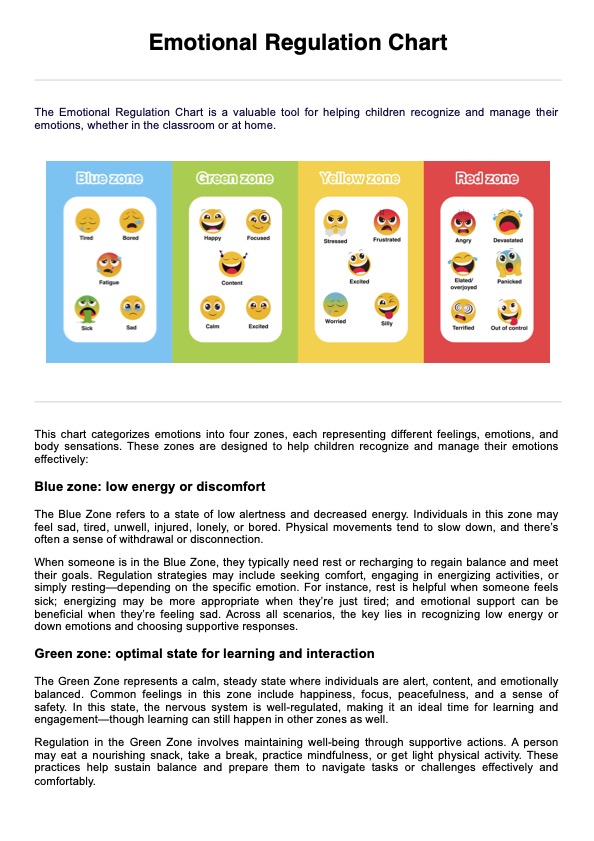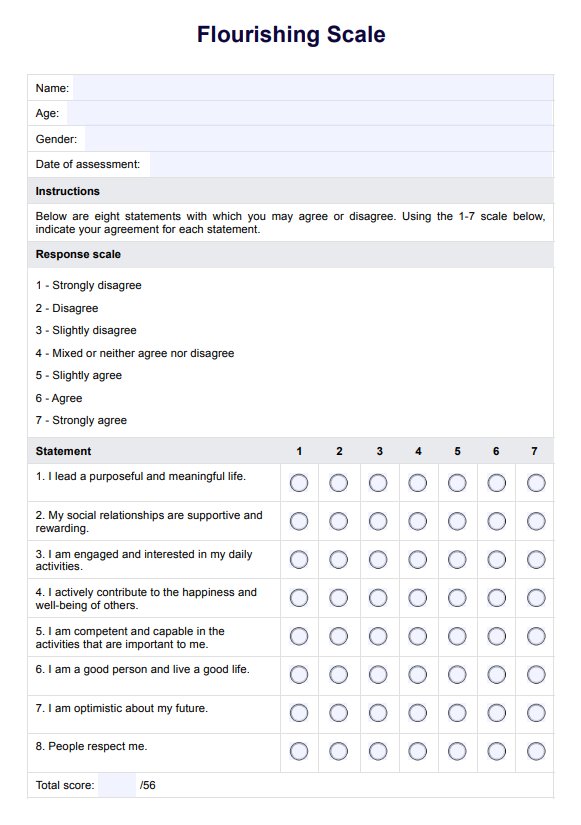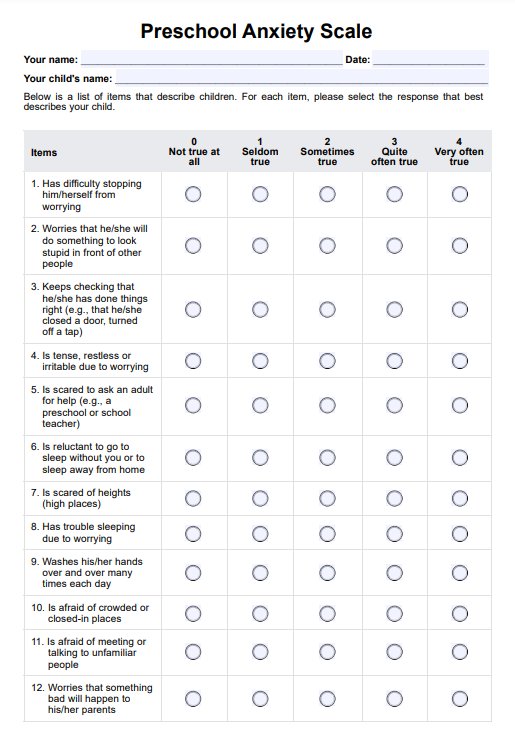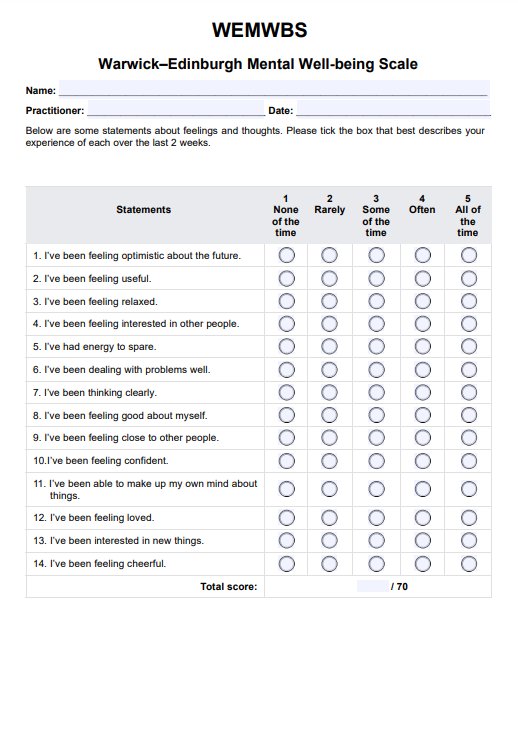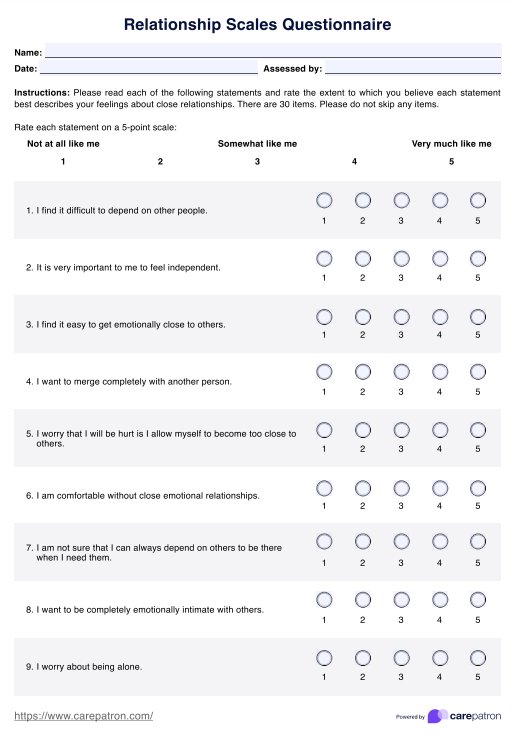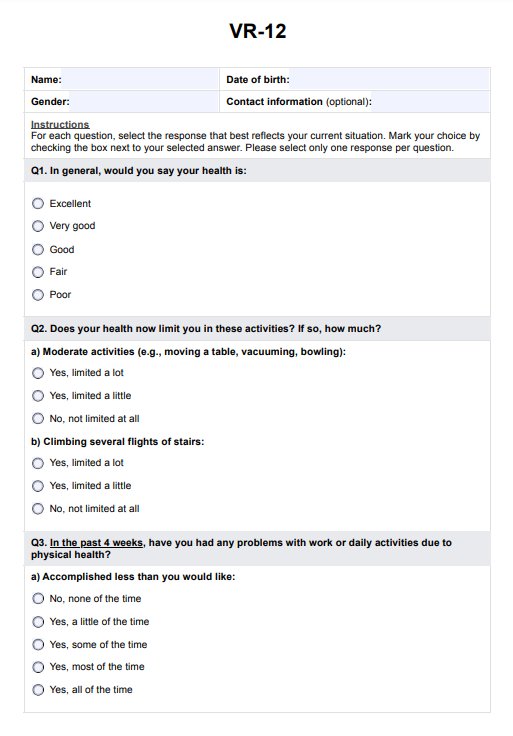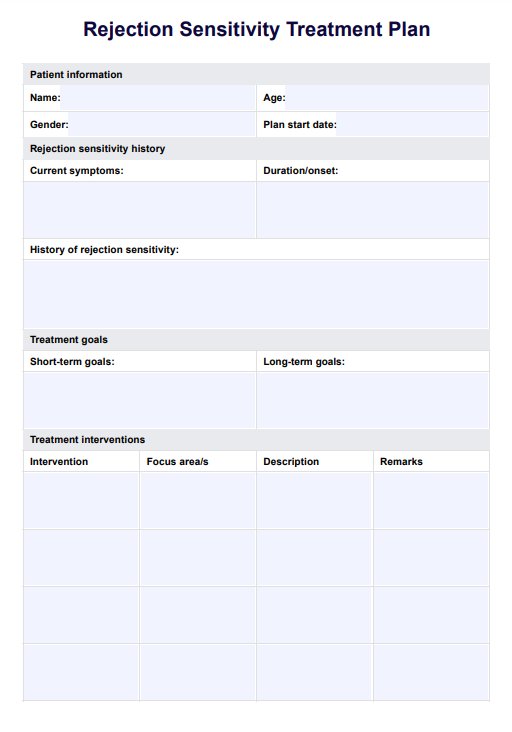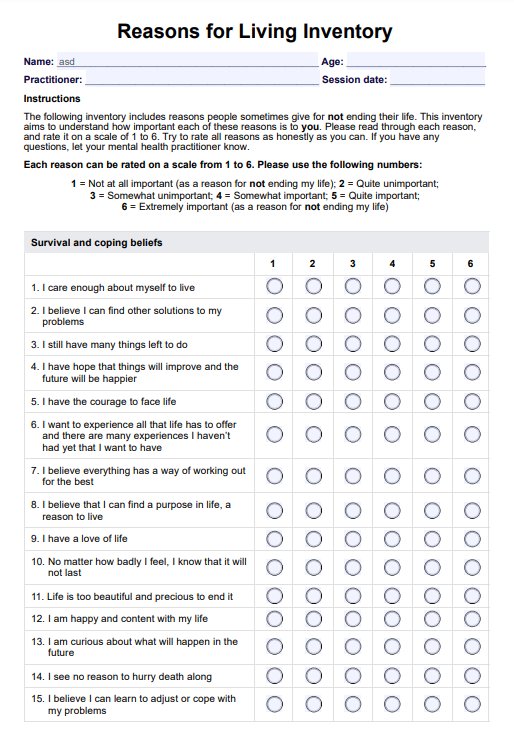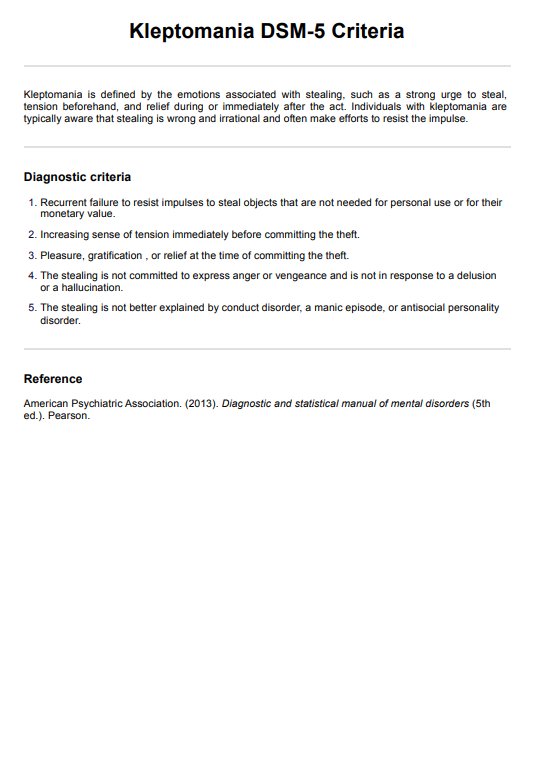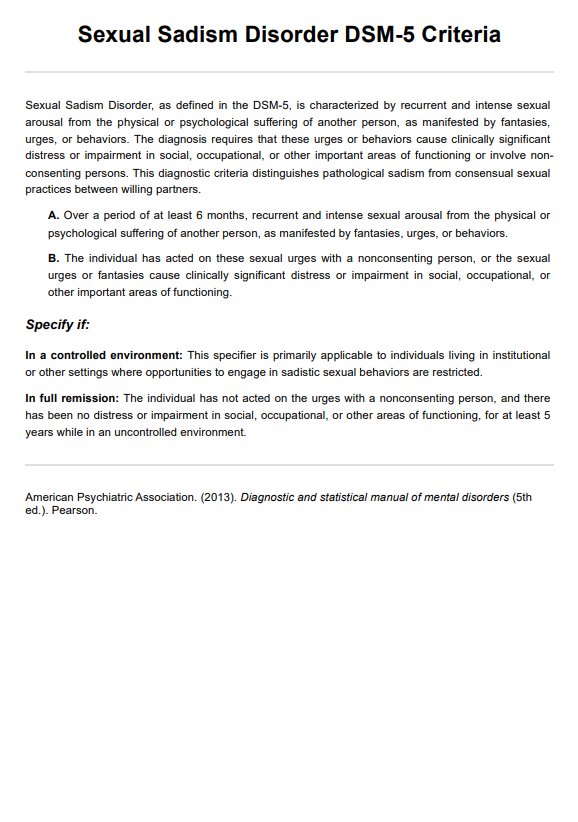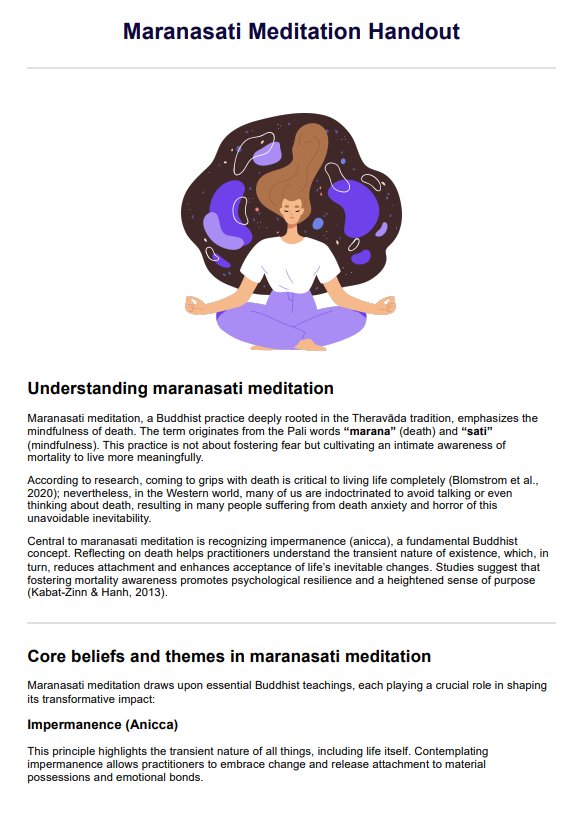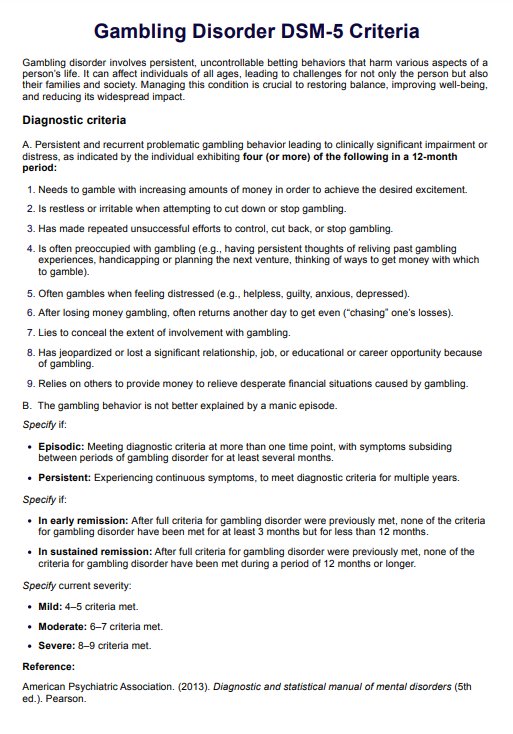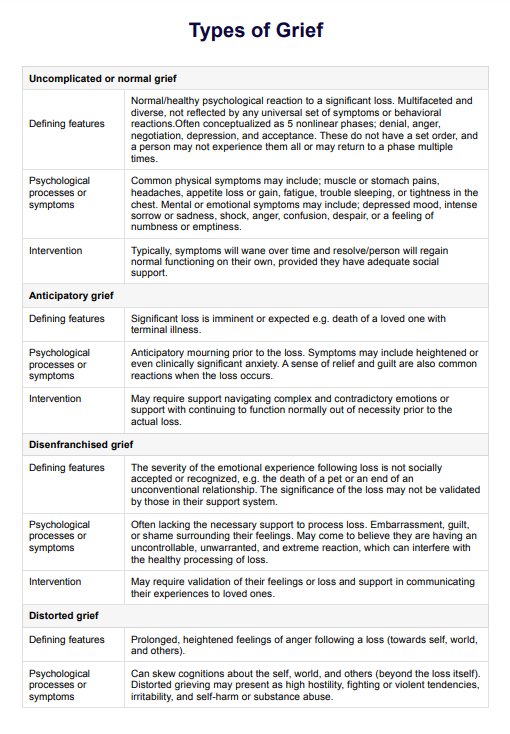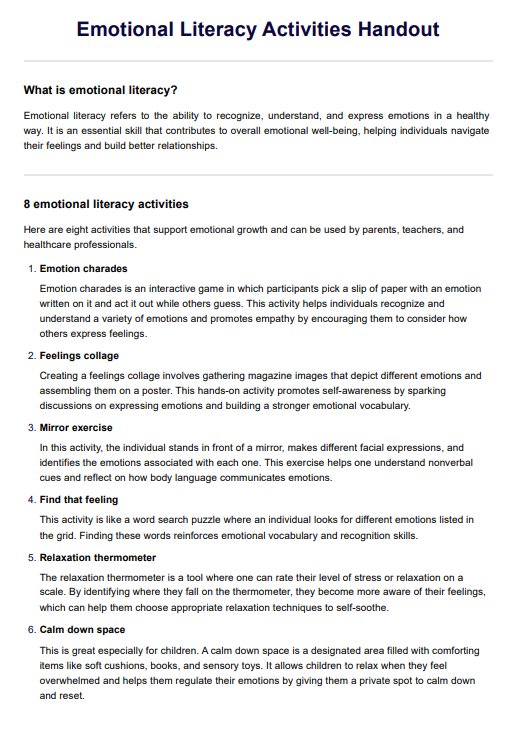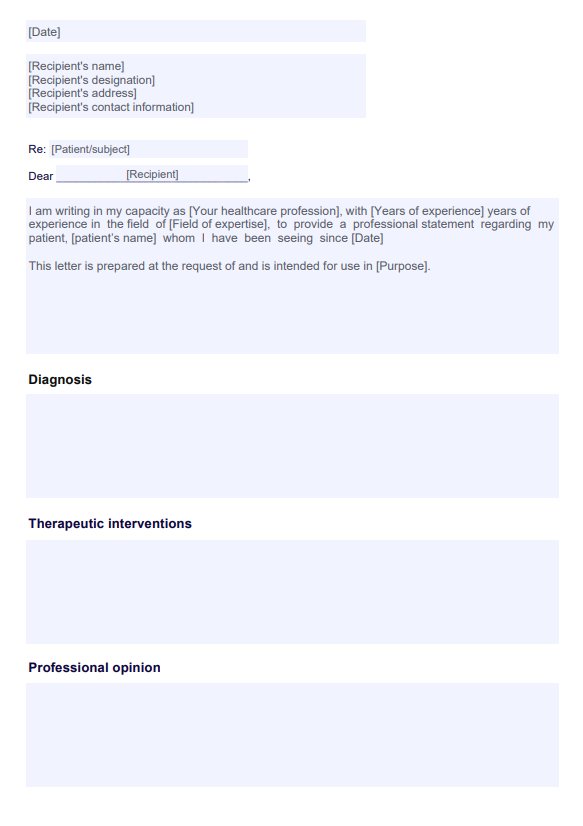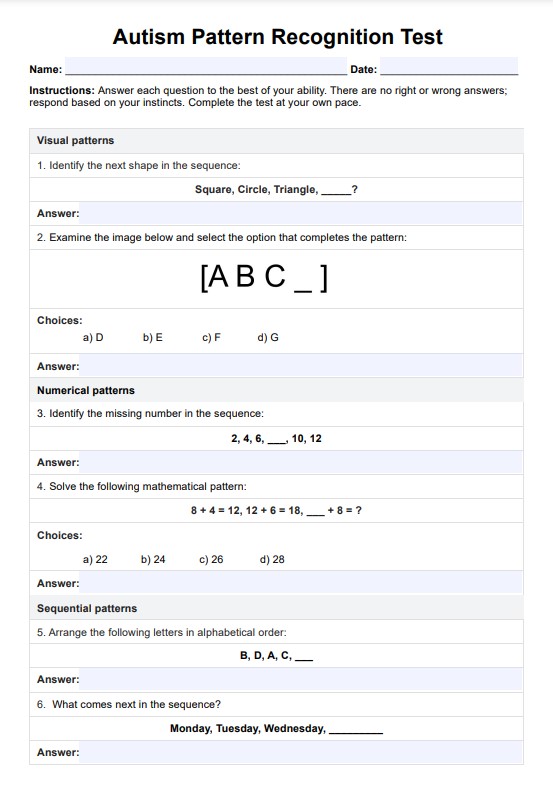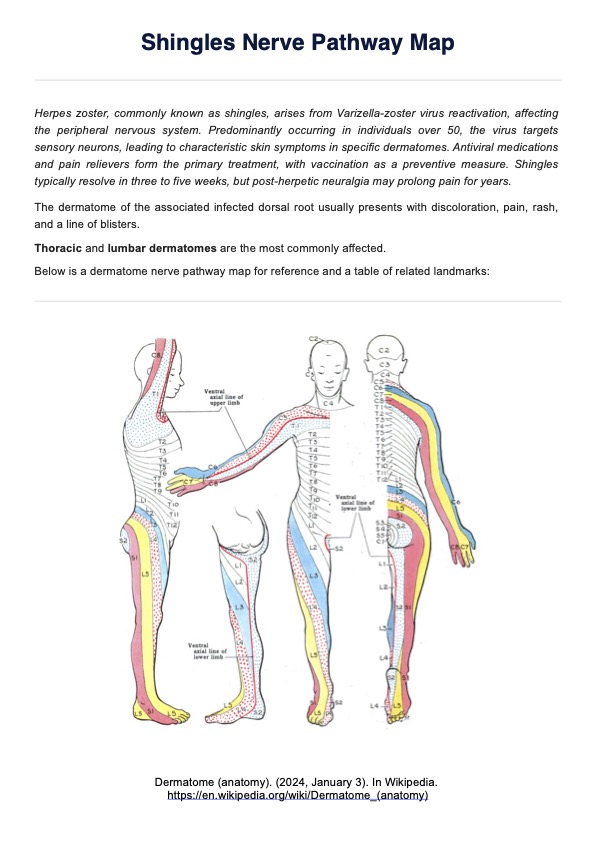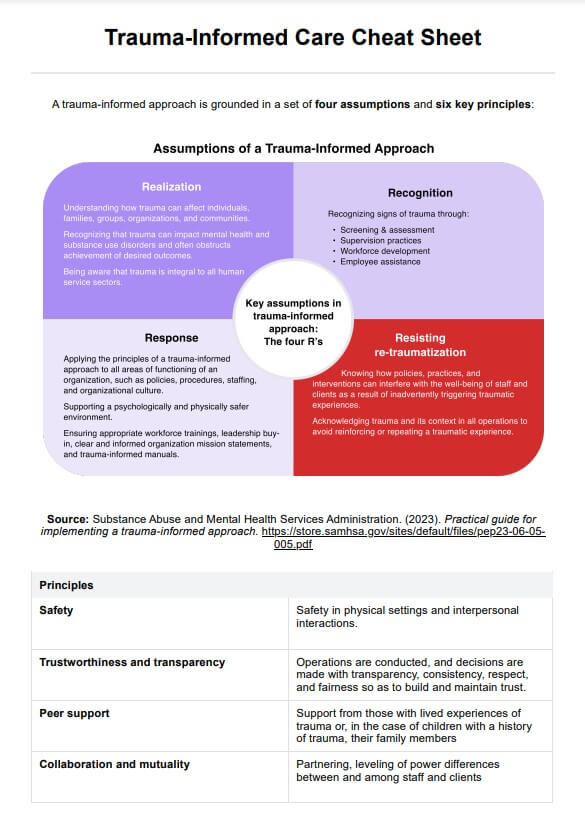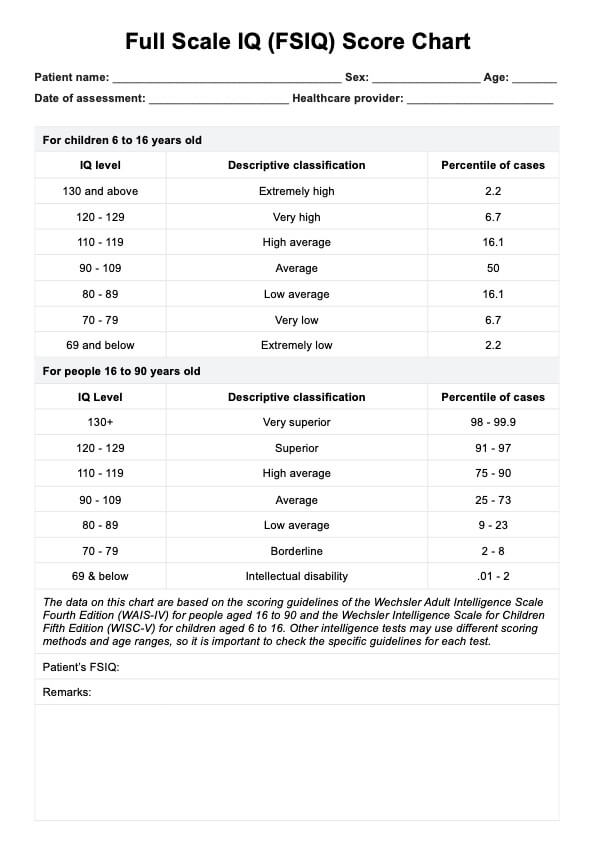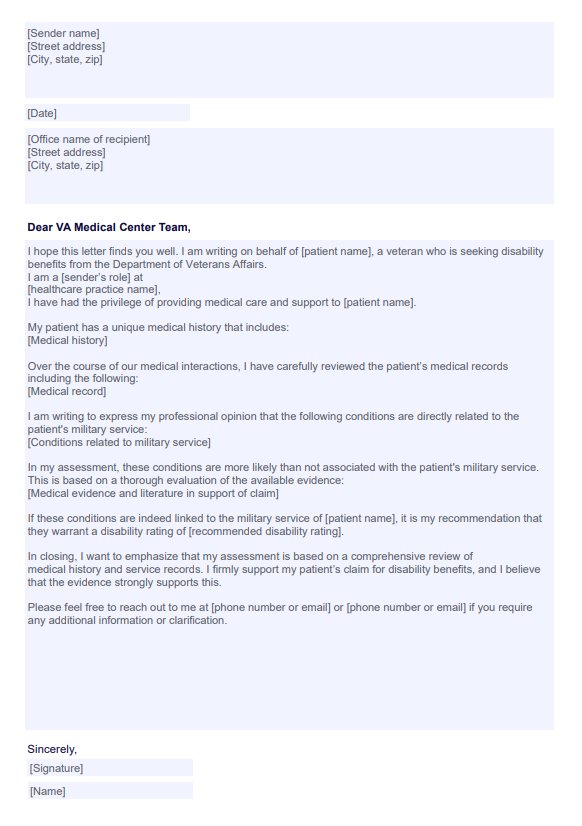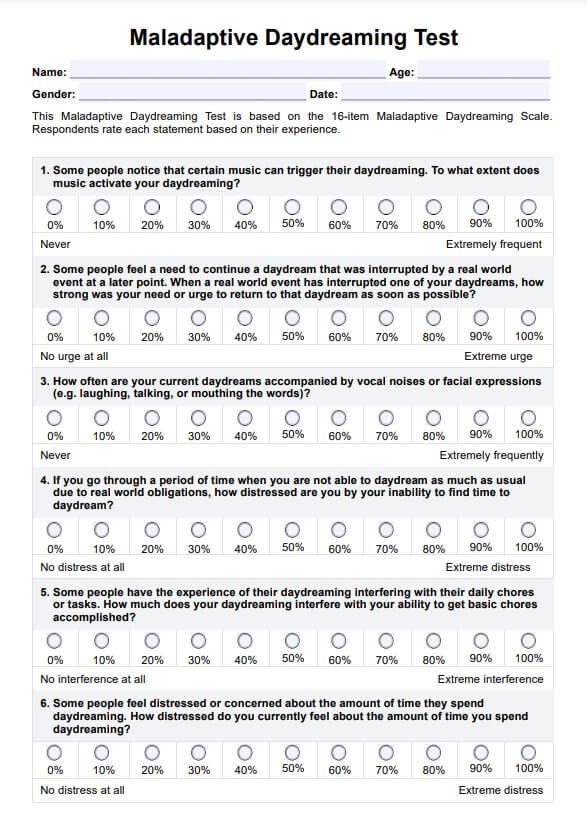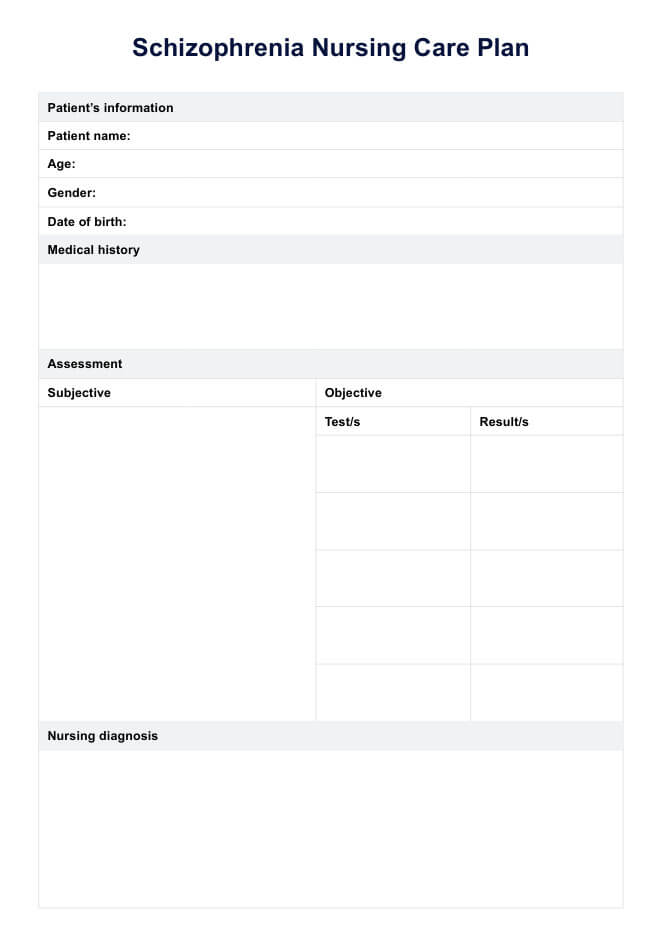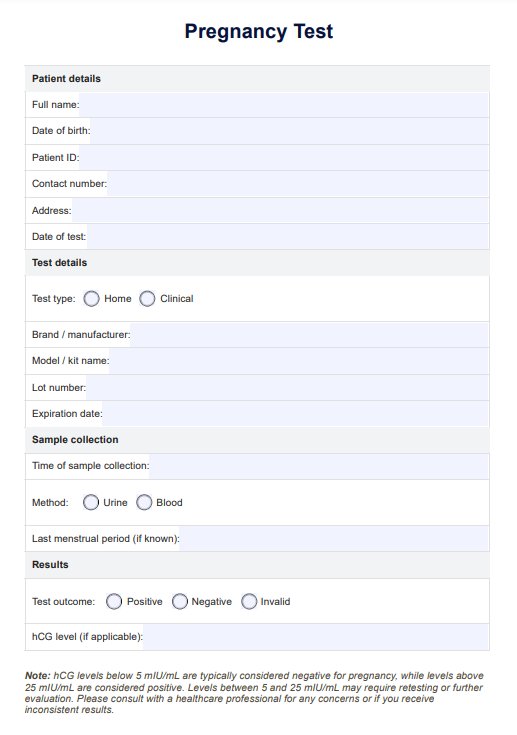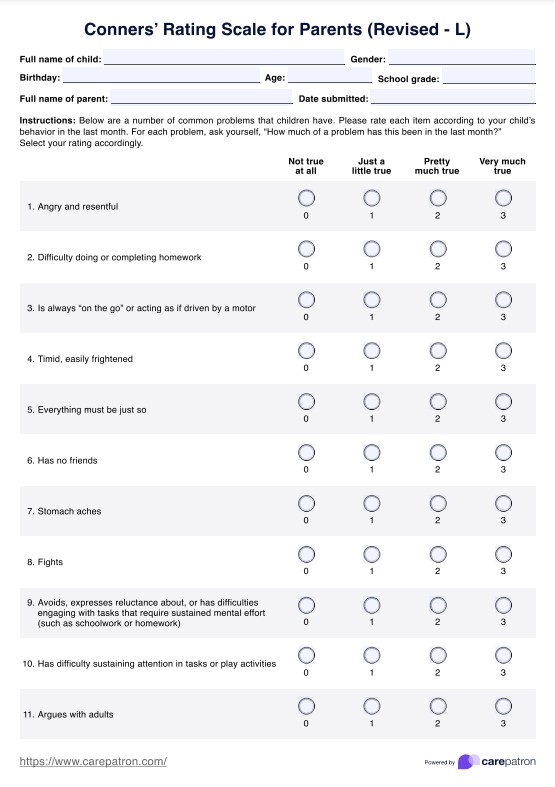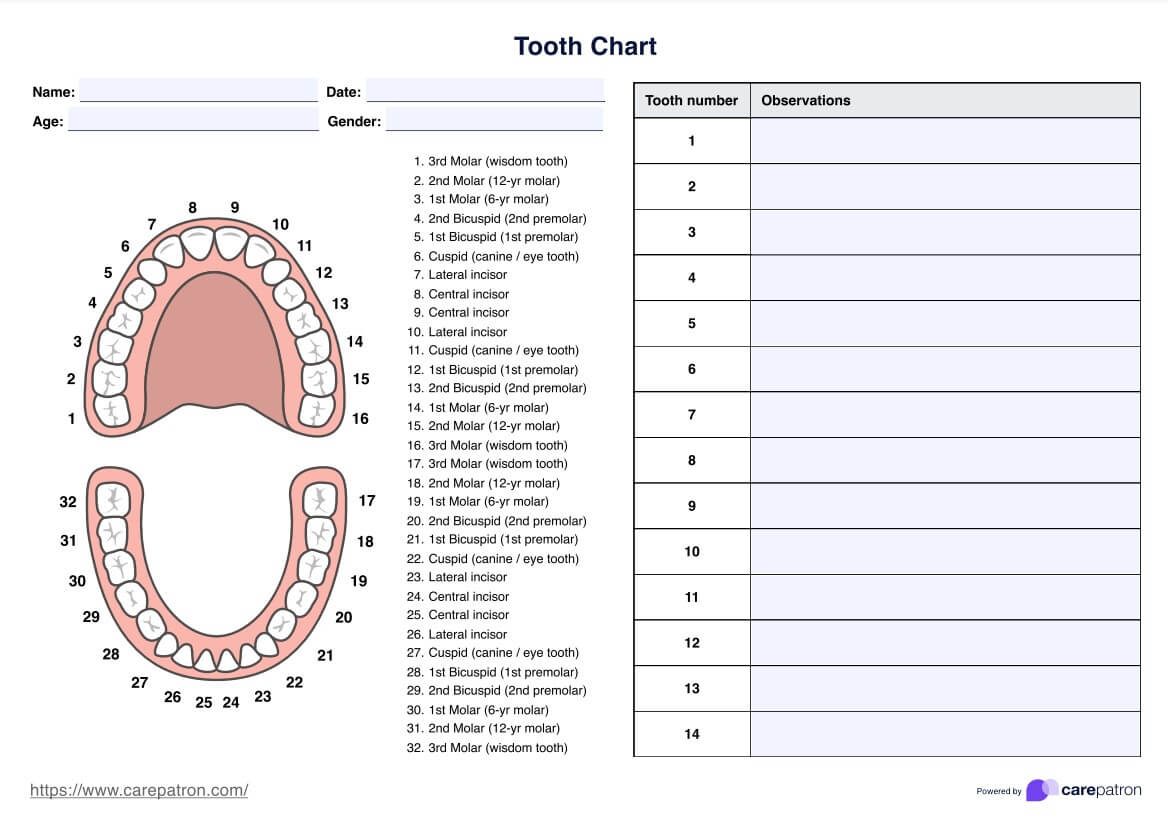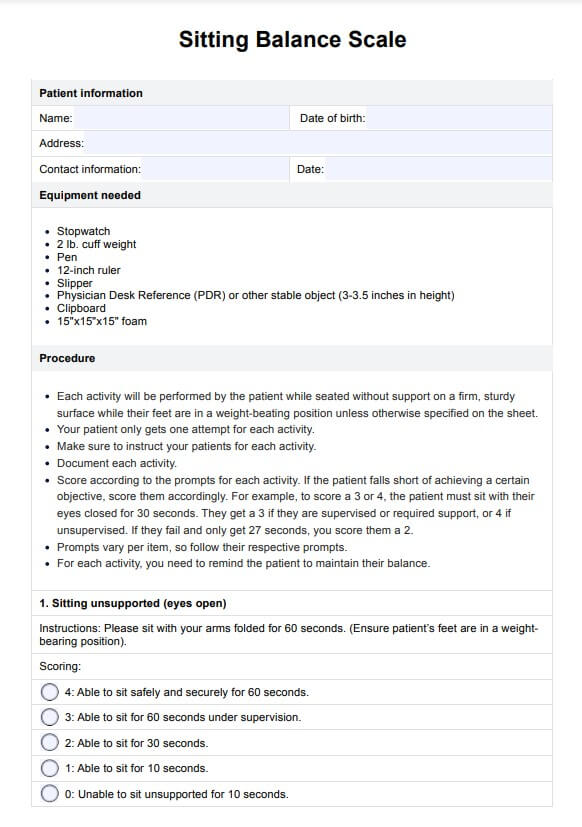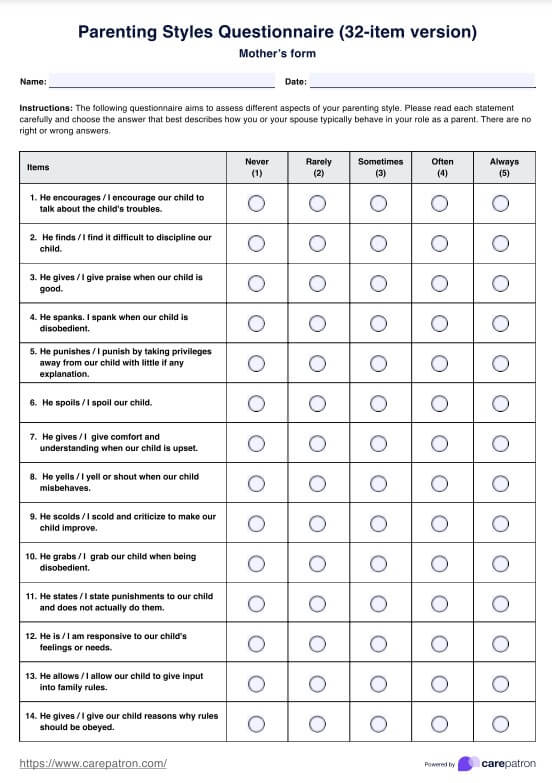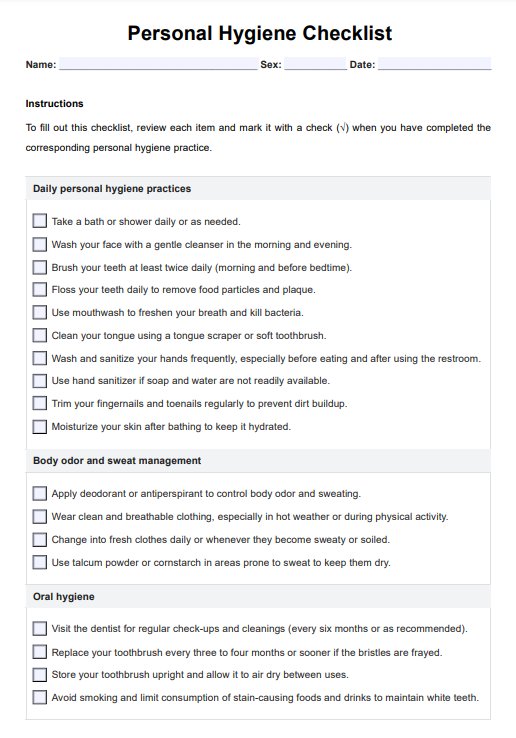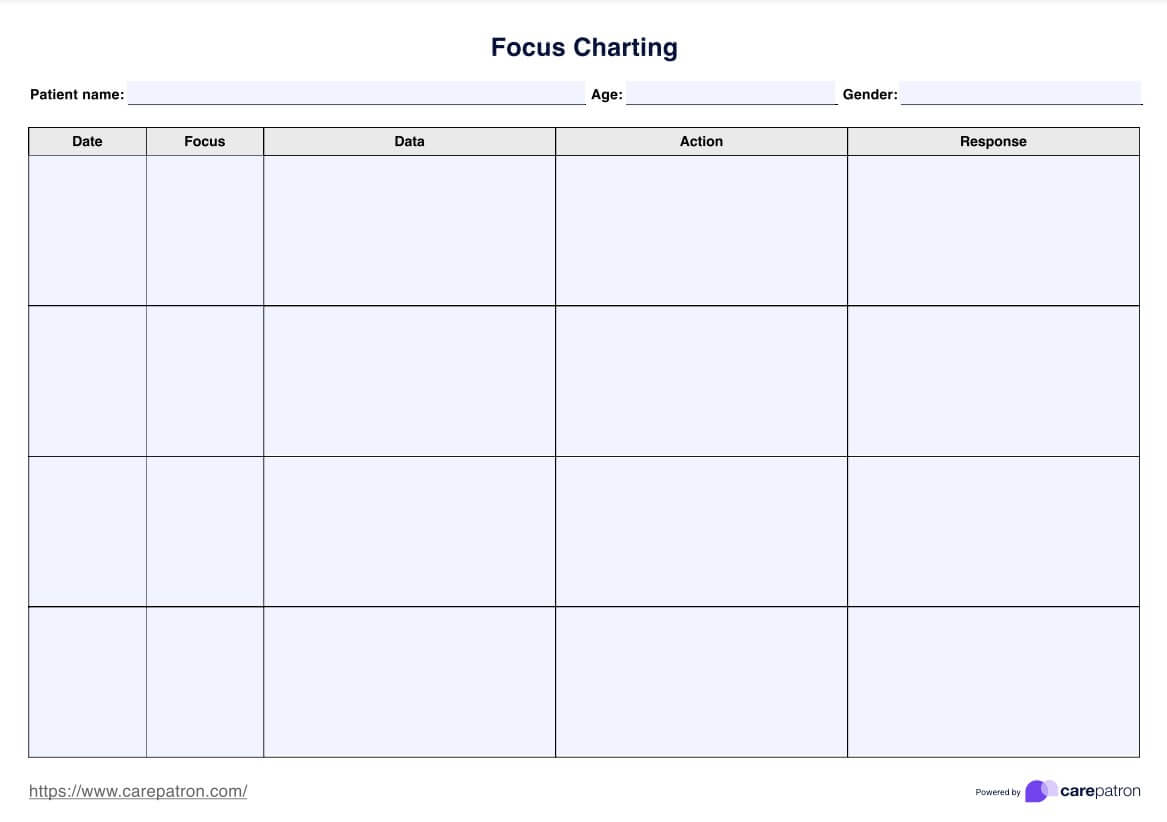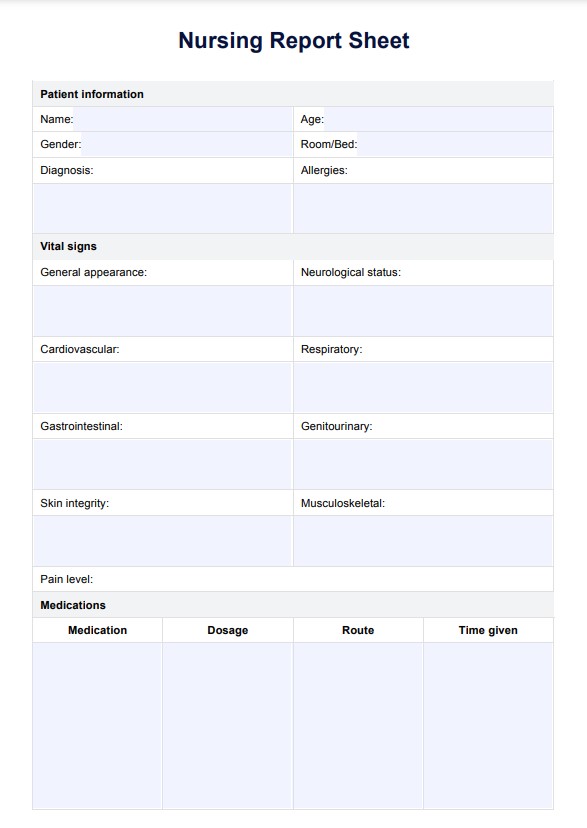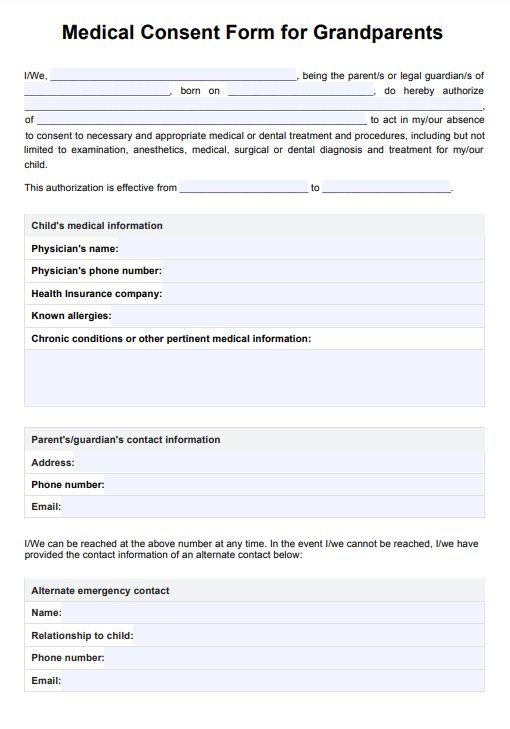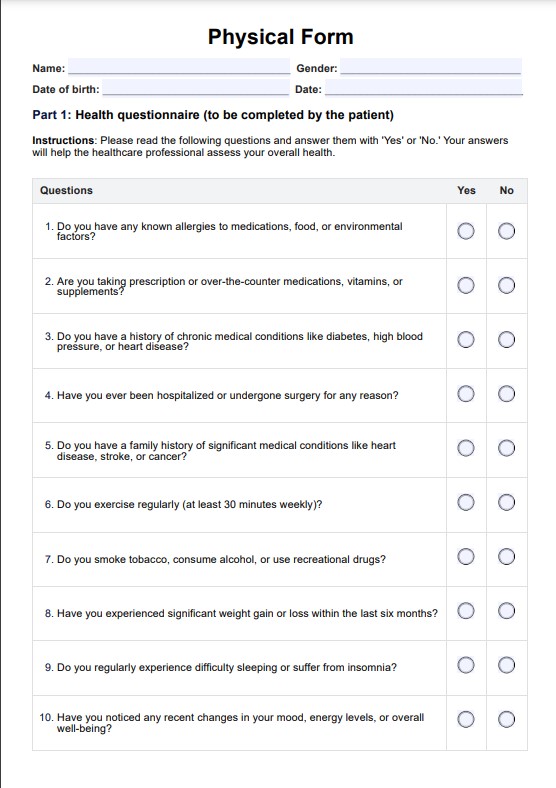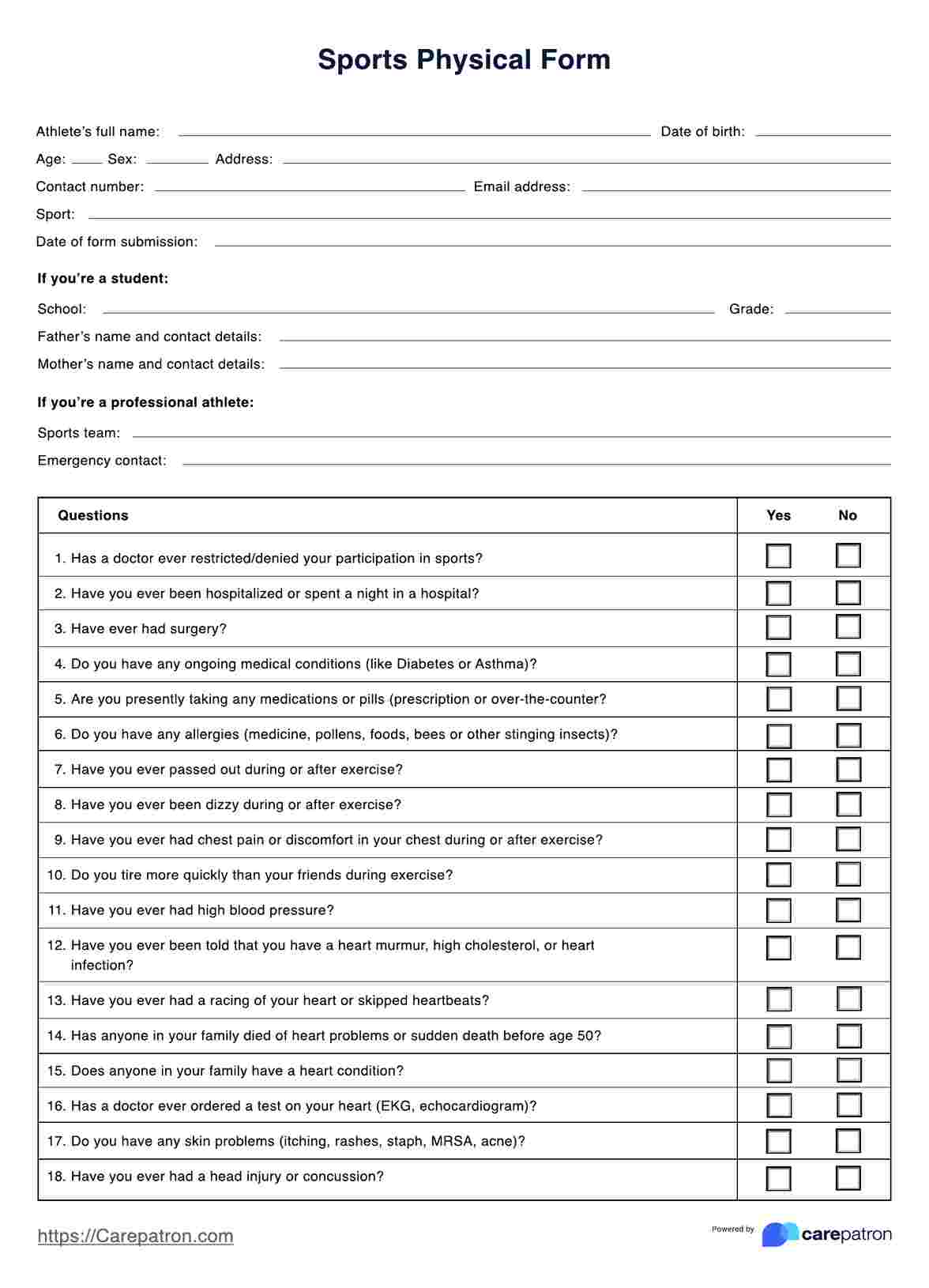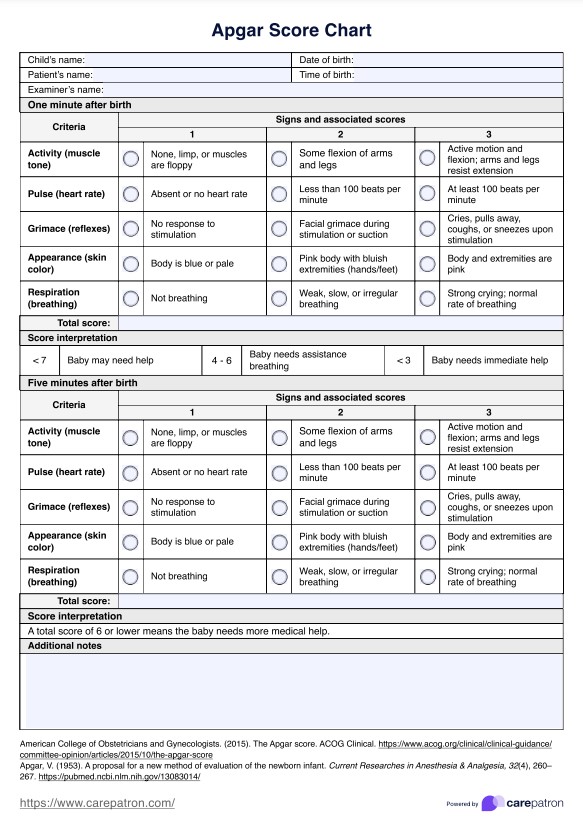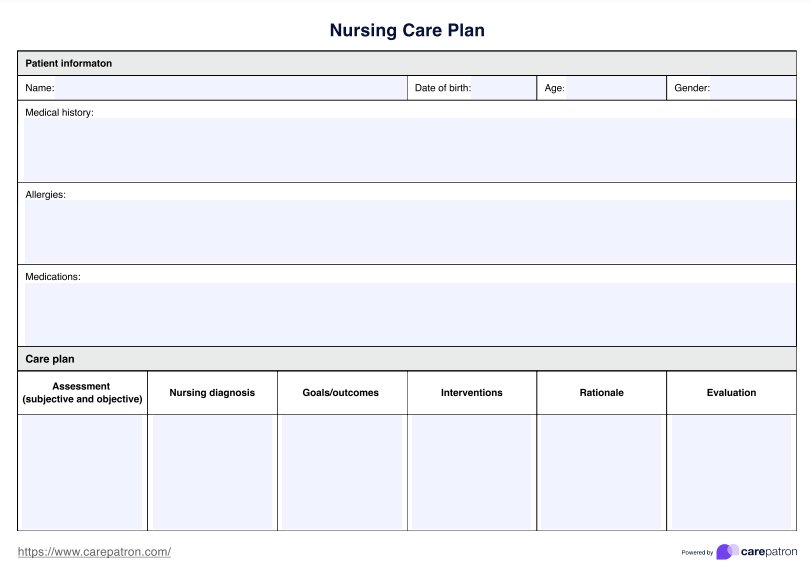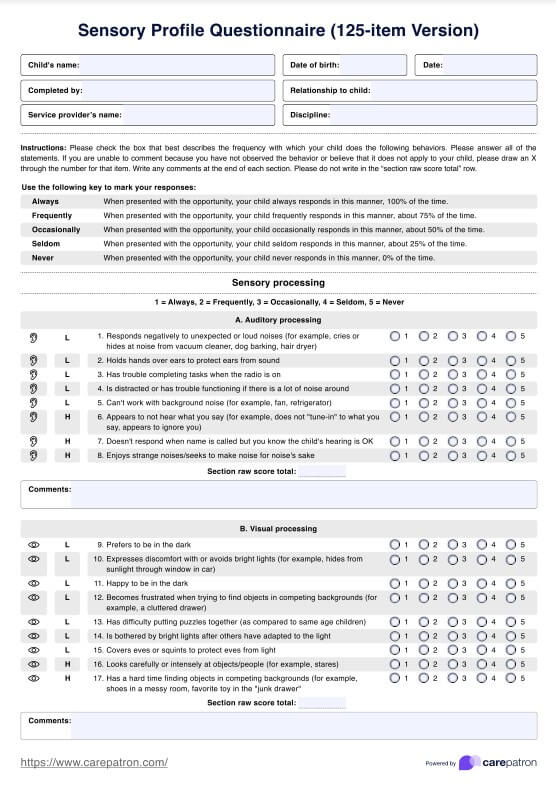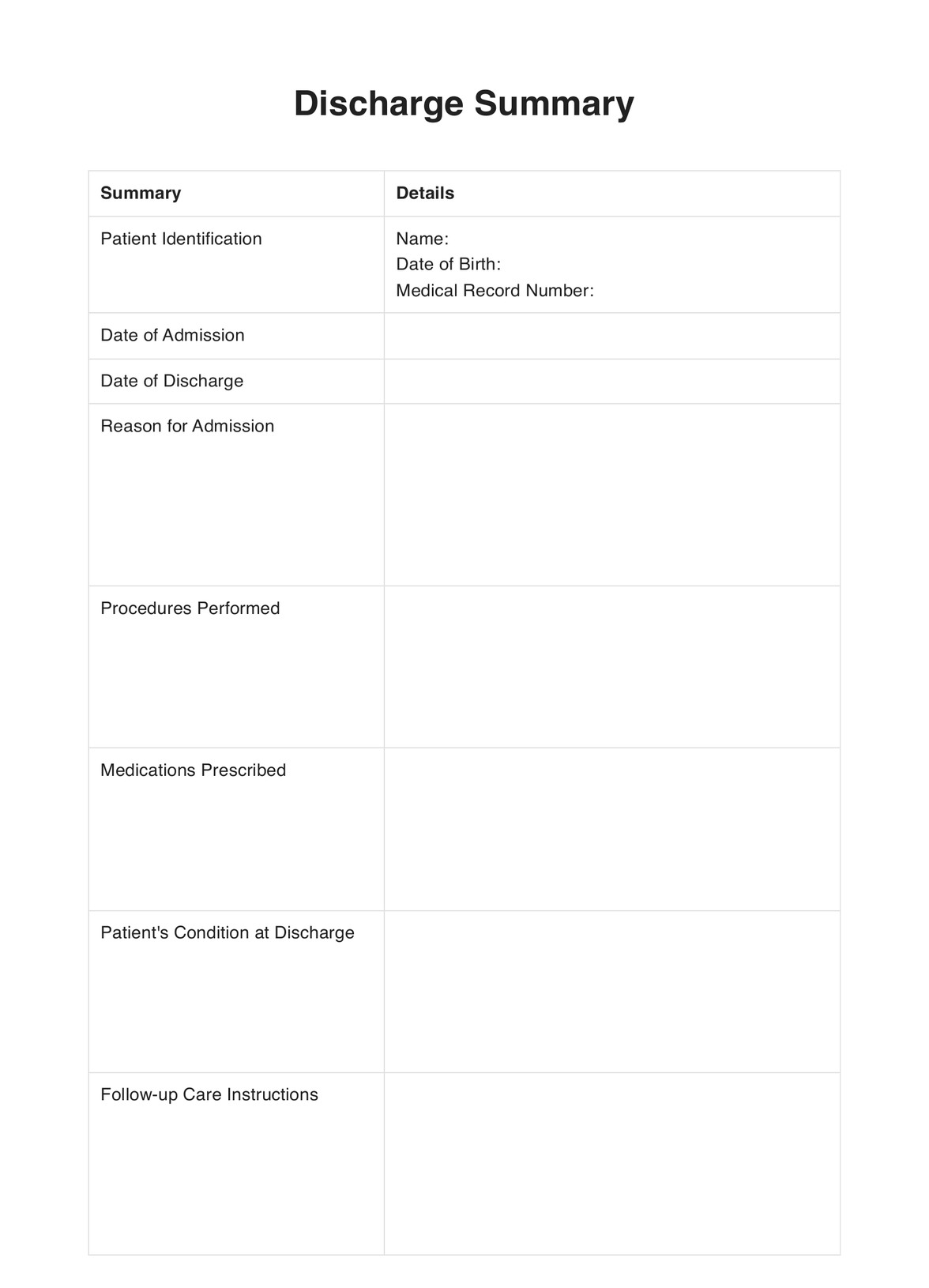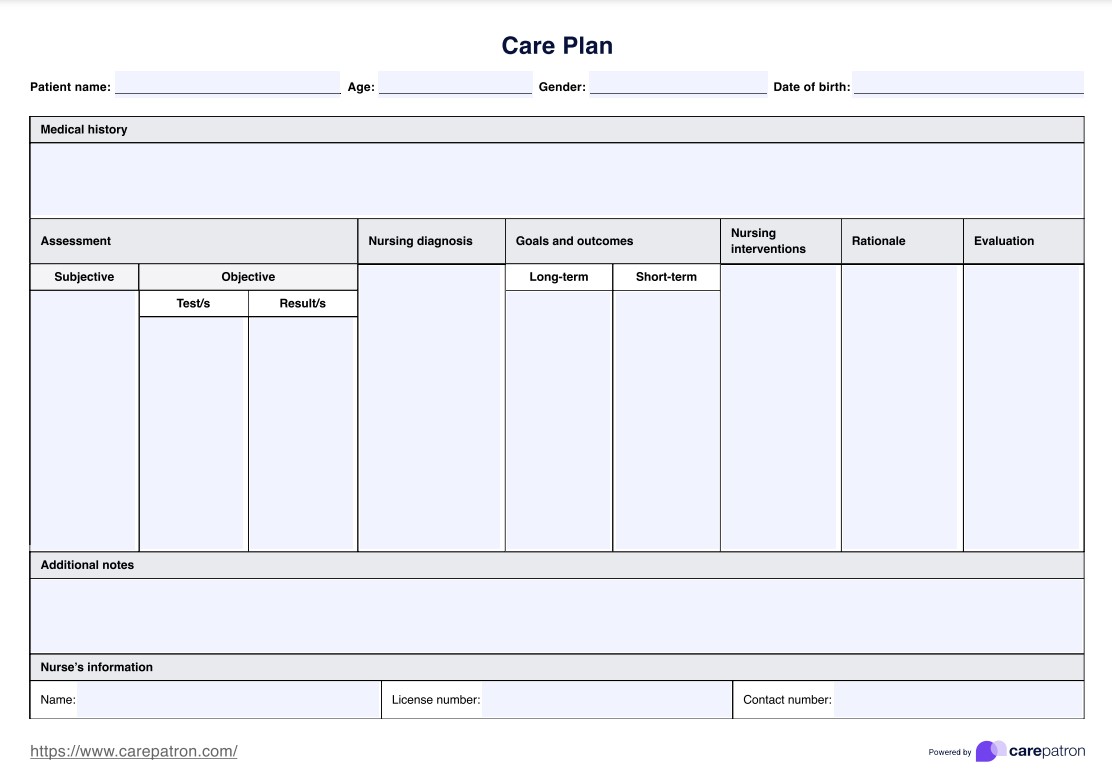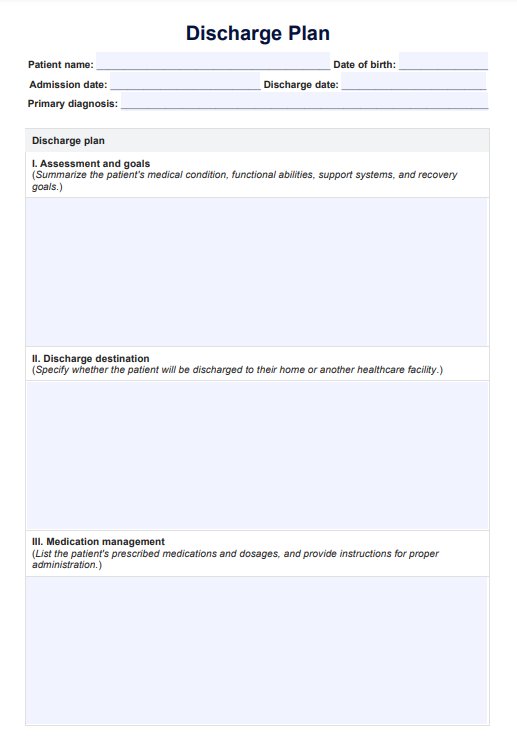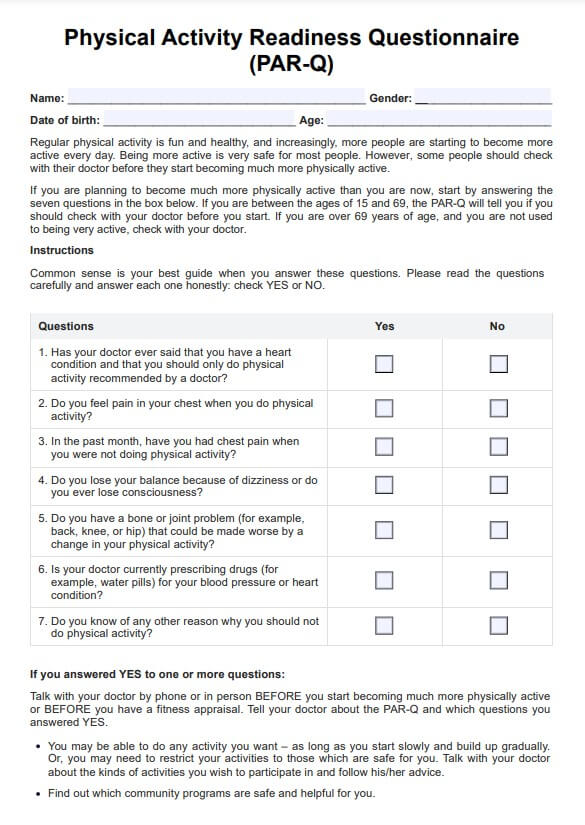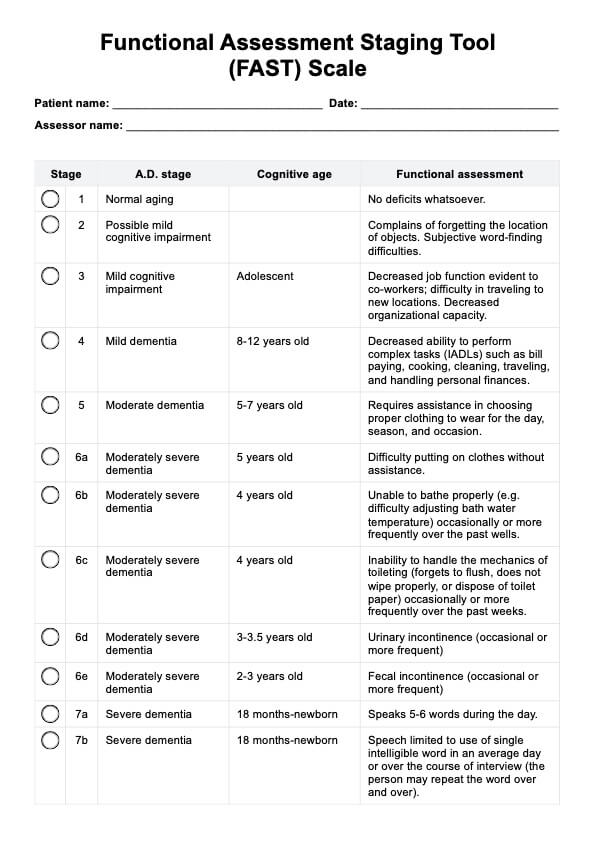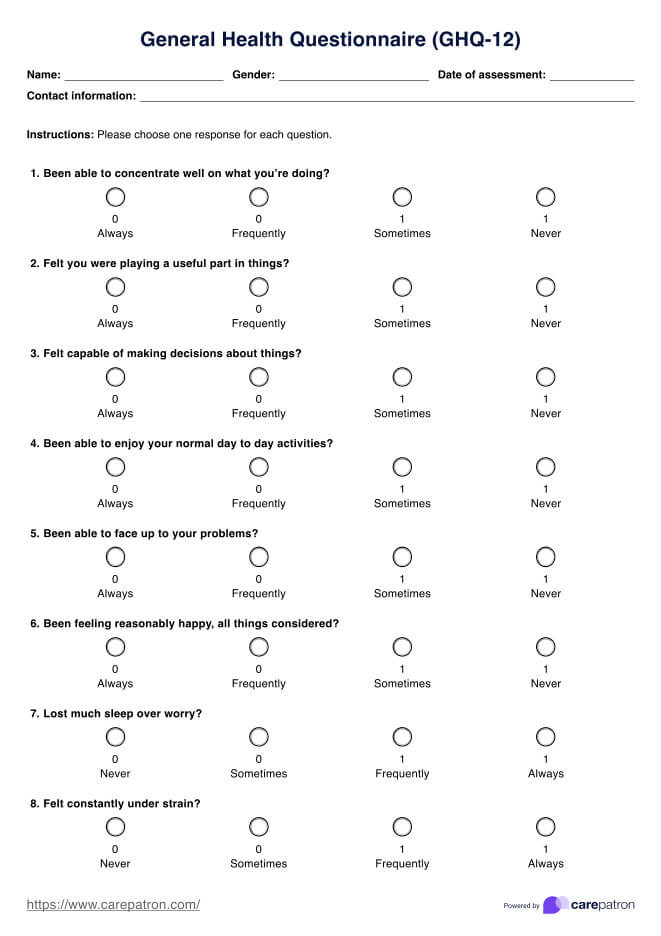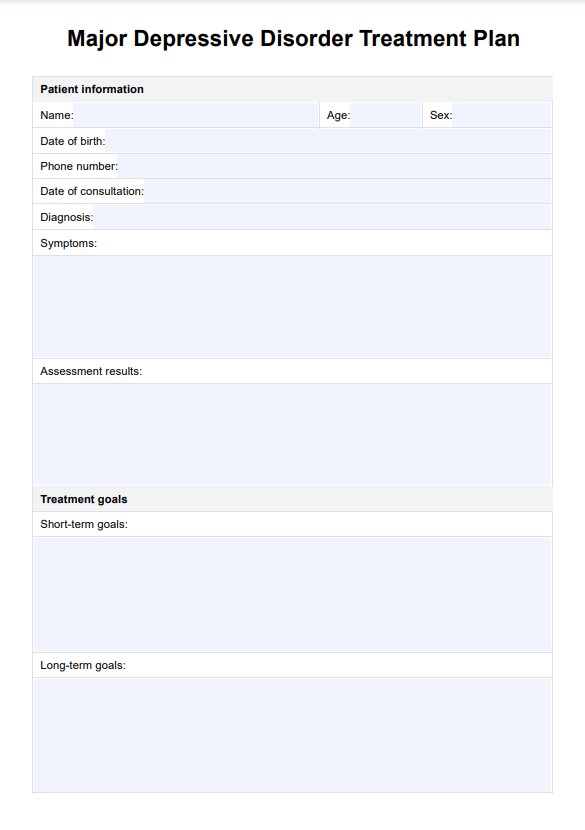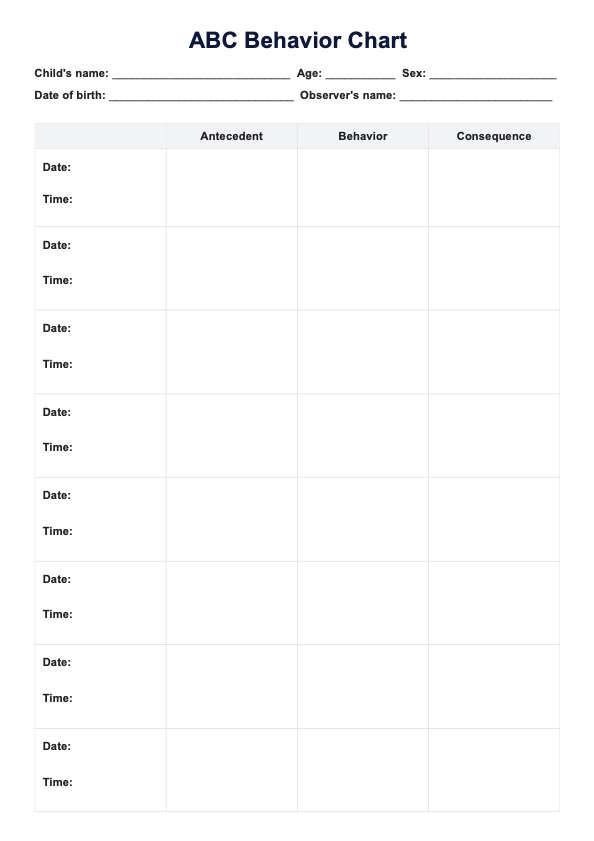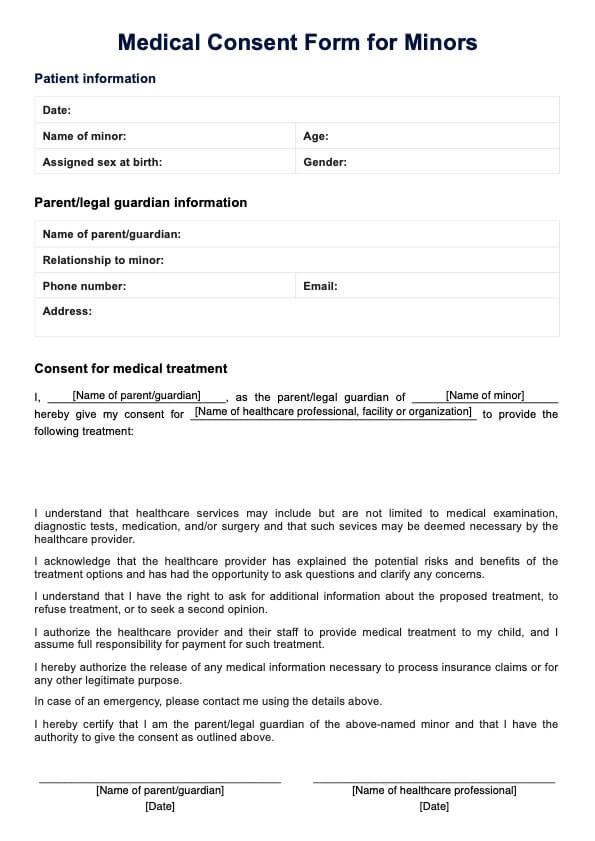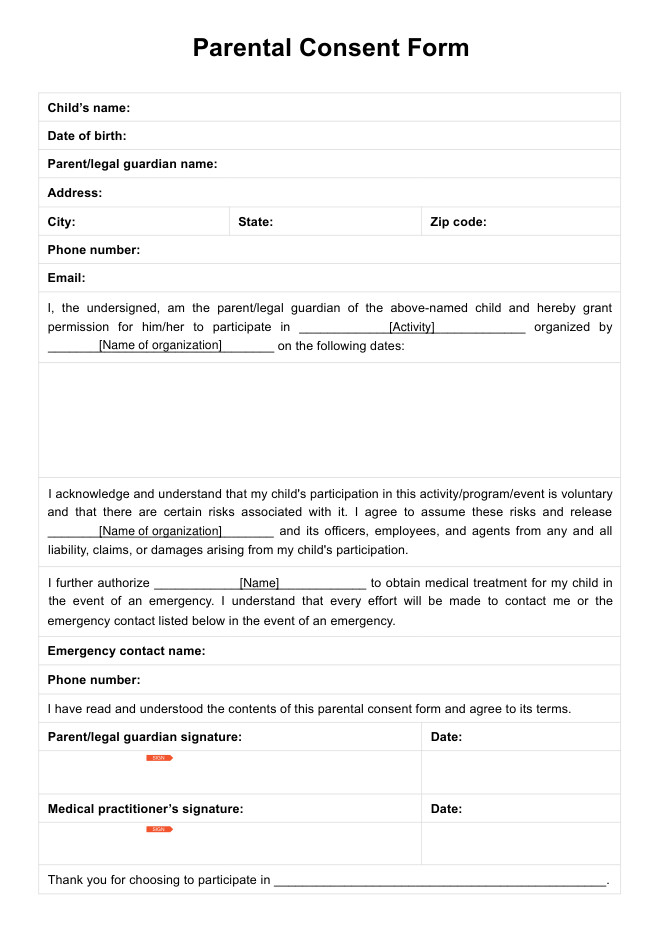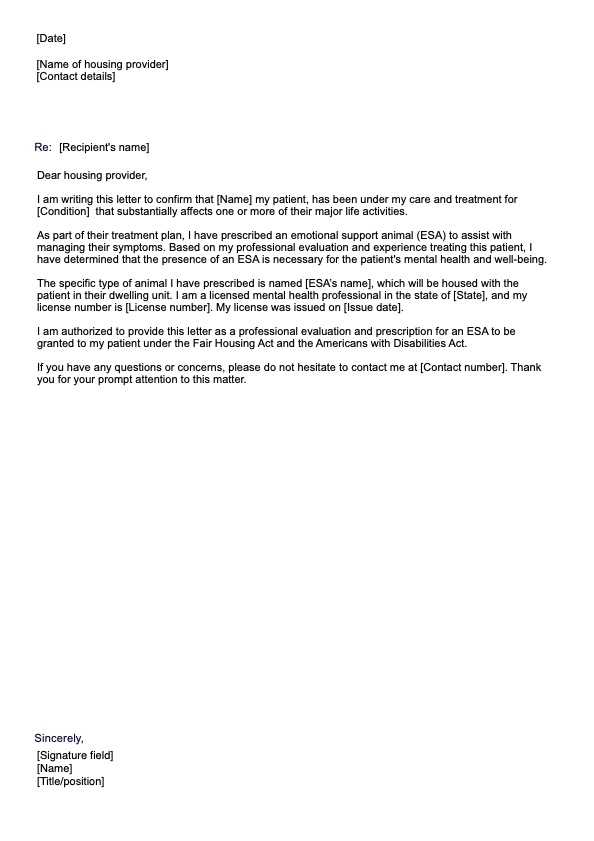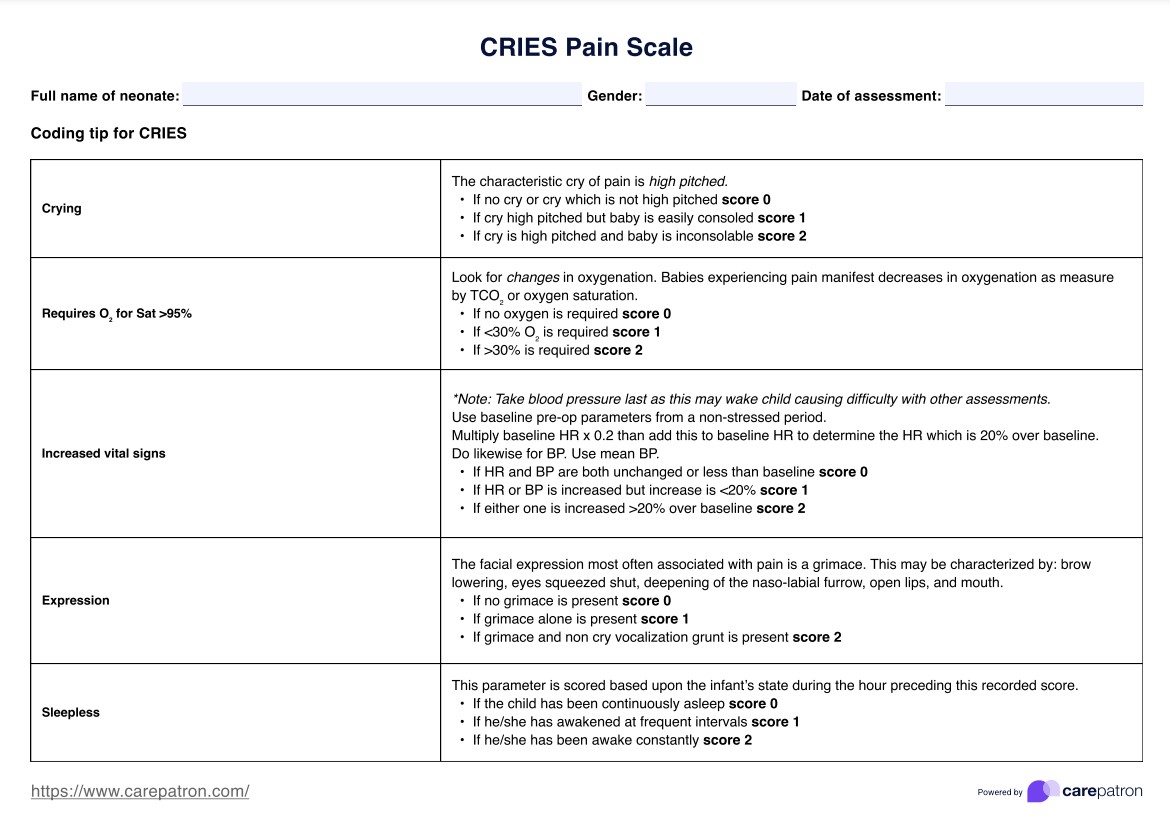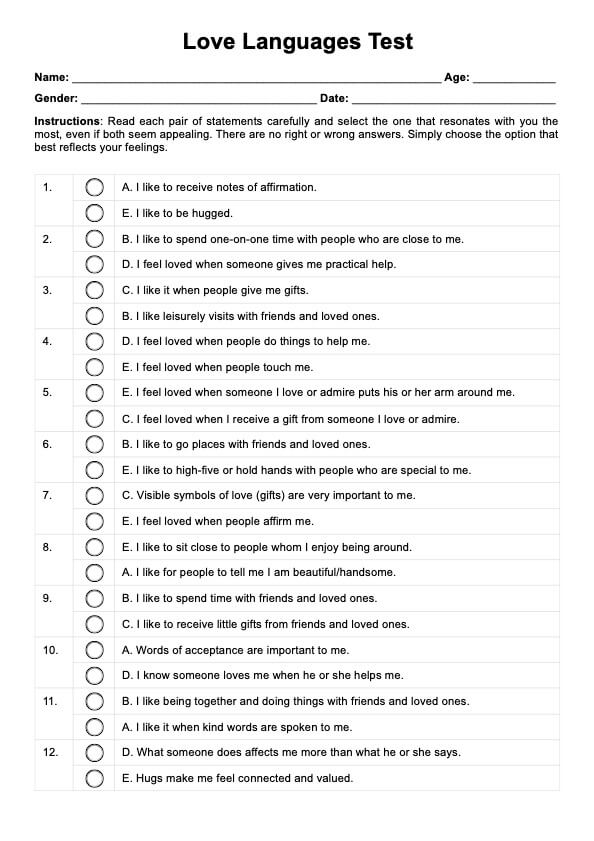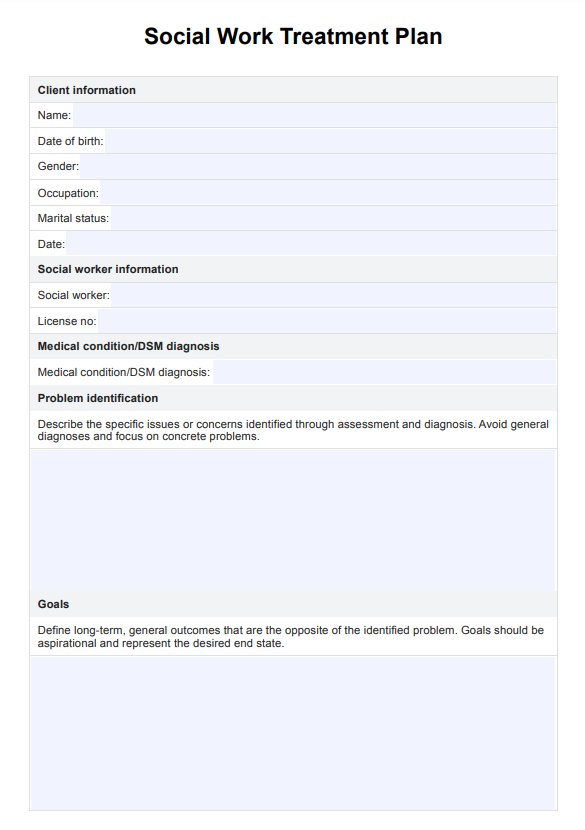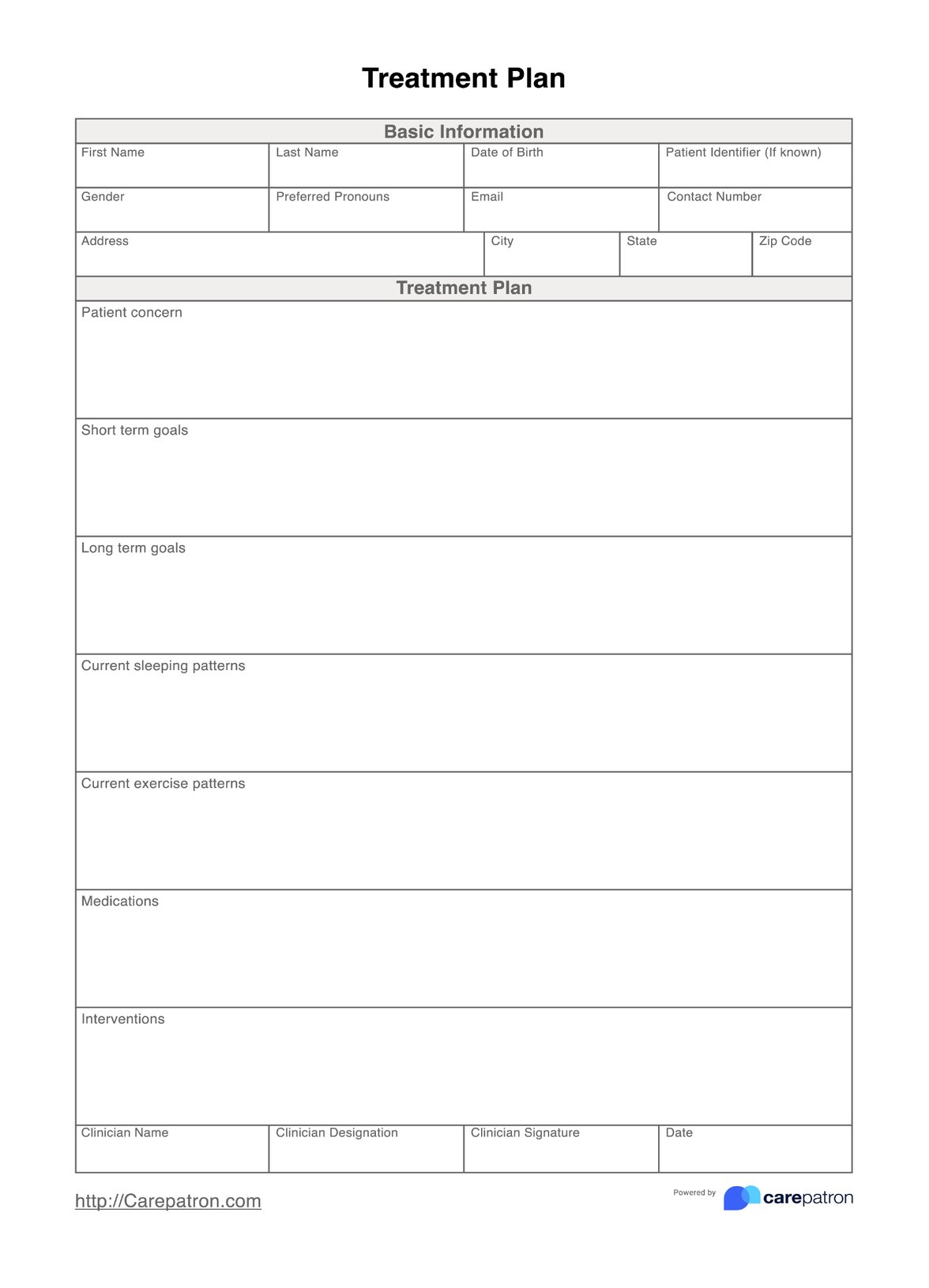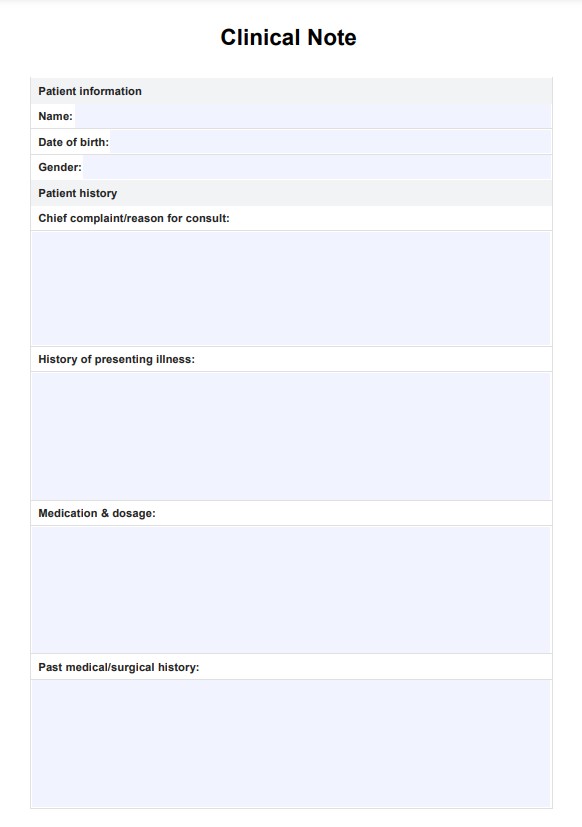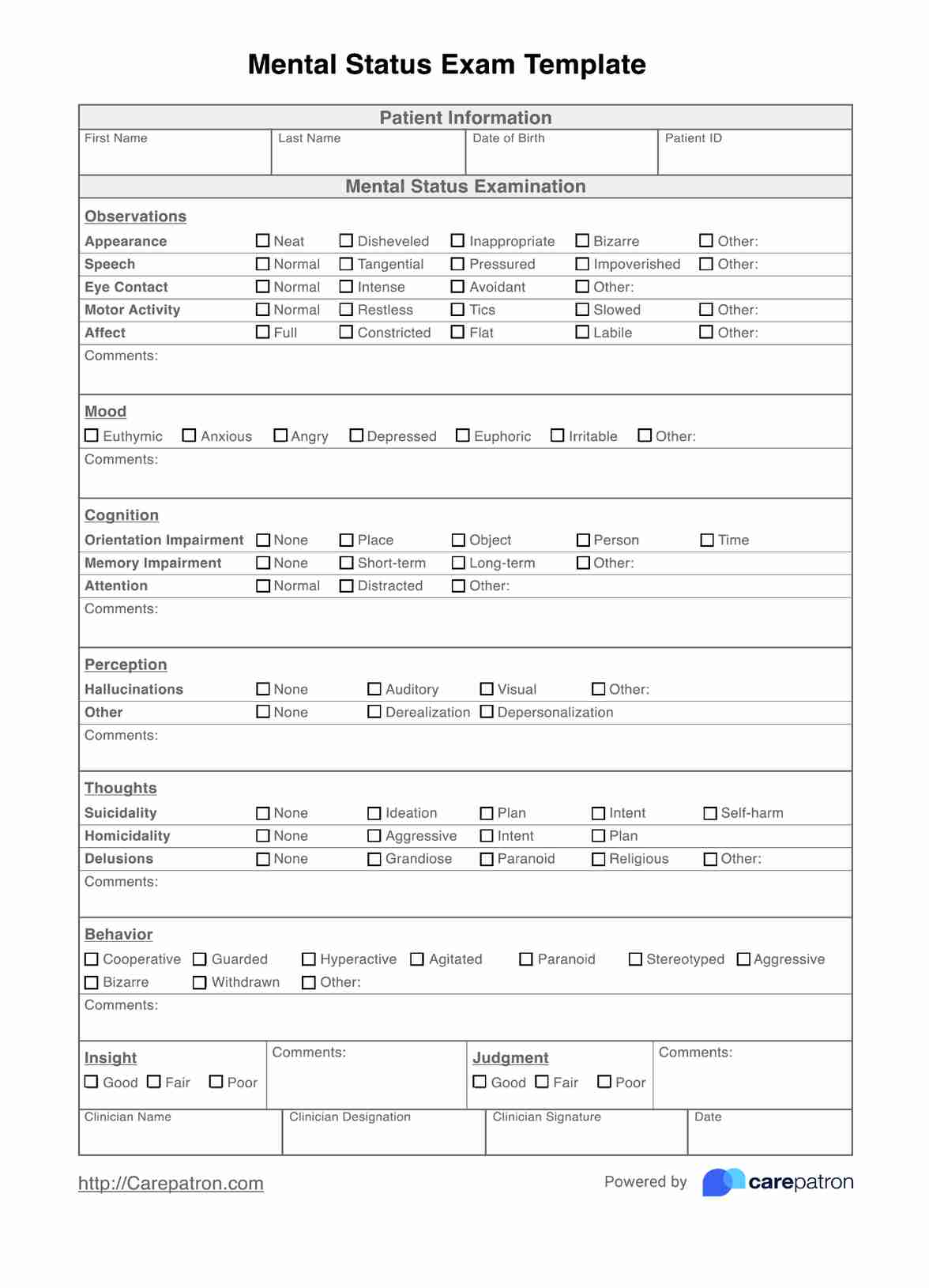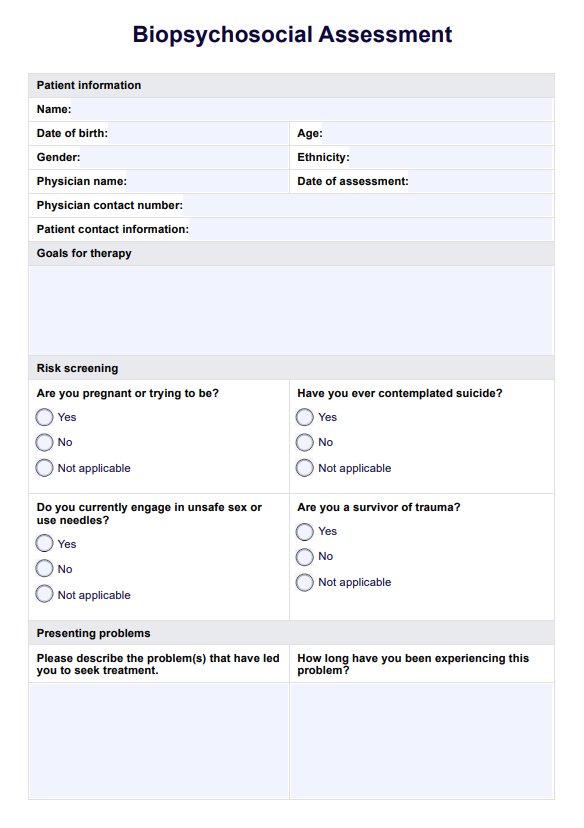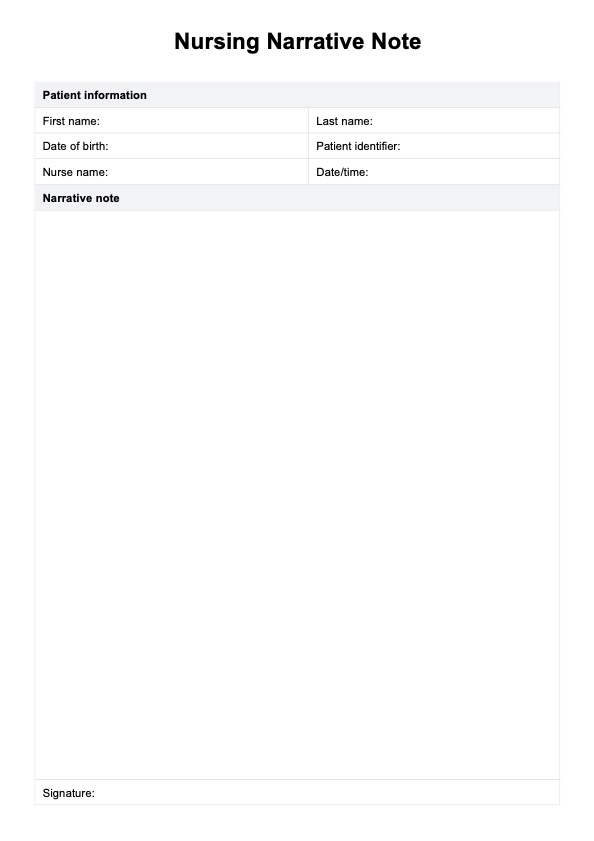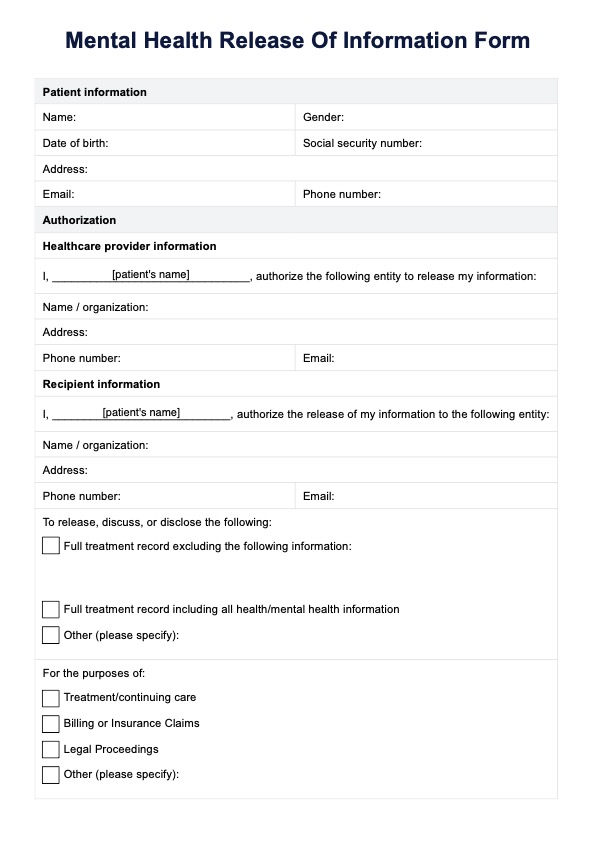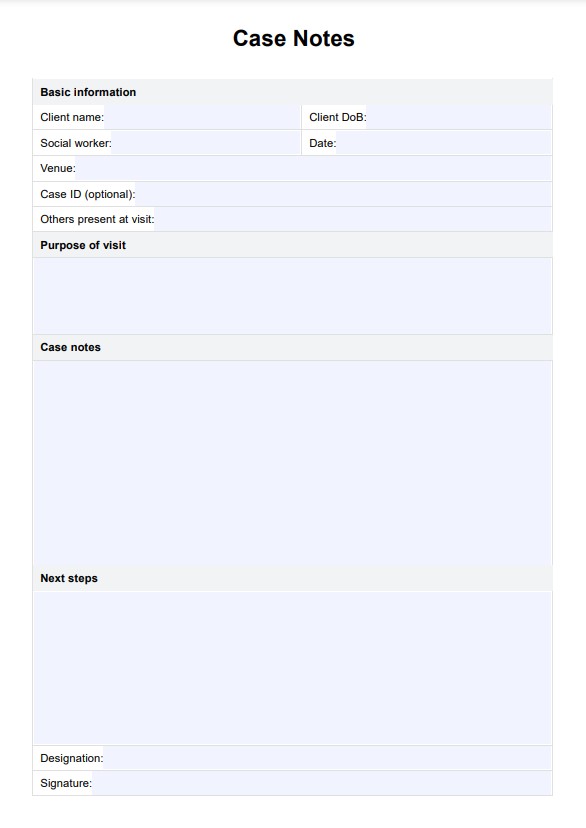General Behavior Inventory (GBI)
Discover a psychometric tool for diagnosing and evaluating bipolar disorder. Learn more about the General Behavior Inventory here.


What is the General Behavior Inventory (GBI)?
The General Behavior Inventory (GBI) is a psychological assessment tool designed to detect the presence and severity of manic, hypomanic, and depressive symptoms. Comprised of 73 questions, the GBI is a self-report measure typically used to evaluate the severity of bipolar spectrum disorders and map fluctuations in symptoms over time.
Bipolar affective conditions (also known as bipolar depression or bipolar disorder) typically present as extreme mood swings or shifts in a person's energy, affect, and behavior. These depressive, manic or mixed episodes are often cyclical and can cause major impairment in the lives of those affected. Timely detection and accurate evaluations are critical for reducing the distress associated with bipolar spectrum disorder.
The GBI aids in detecting chronic affective disorders by identifying behavior resembling manic and depressive tendencies (i.e. symptoms outside the normal range). It can also be used to track whether a patient who has received a bipolar diagnosis is responding to treatment or worsening over time.
The GBI is also sensitive to manic and depressive tendencies in child and adolescent populations, meaning it also has utility in abnormal child psychology. GBI results can aid in the diagnosis of adolescent mood disorders such as pediatric bipolar disorder. This is especially useful for screening adolescents with a genetic predisposition towards mood disorders, facilitating early detection of symptoms and timely intervention.
General Behavior Inventory (GBI) Template
General Behavior Inventory (GBI) Example
How to use our General Behavior Inventory template
This self-report GBI template aids mental health professionals in evaluating symptoms of bipolar affective disorders. Follow these steps to make the most of this free resource:
Step 1: Access the template
Download the General Behavior Inventory template by following the link on this page or by searching for it in Carepatron's free template library.
Step 2: Input patient information
Instruct the patient to provide their information (including name and contact details) at the top of the form. Ensure they carefully read and understand the instructions.
Step 3: Complete the questionnaire
Instruct the patient to complete the questionnaire by rating how frequently each behavior occurs. There are 73 items that count towards their score, and three final validation questions. All questions must be answered.
Scoring
The total score indicates whether the participant's behavior is consistent with bipolarity, and the clinical significance of those symptoms. GBI items can be divided into three categories; those that assess depression, those that assess hypomania and mania, and those that assess biphasic behavior (fluctuations between depressive and hypomanic behavior).
Total GBI scores reflect the number of behaviors for which the participant has reached the syndromal threshold (i.e. the duration, frequency and intensity of the behavior is high enough to be considered atypical/to meet diagnostic criteria). Note that the scale is also sensitive to subsyndromal tendencies or behaviors, which can help identify those who may be at risk of developing bipolar disorder or show early symptoms, but do not yet meet diagnostic criteria.
To obtain an overall score, sum the points (from 0-3) for each of the 73 items. While there are no established cutting scores applicable for every population, higher scale scores indicate increased psychopathology.
The GBI can also be modified to detect unipolar depressive tendencies by producing two separate scores for the items that make up the depression sub scale and those that make up that hypomanic/manic sub scale. A high score on the depression scales, but a low score on the mania scales indicates unipolar depression.
Next steps after using the GBI
Here are some possible next steps after conducting the GBI:
Further assessment
If the patient's results are not consistent with bipolar disorder, you may need to conduct further psychological screenings to correctly diagnose any significant symptoms (they may be presenting with another disorder).
If their results are consistent with bipolar affective disorder, it is important to conduct further tests to evaluate their risk and severity level. Clinical evaluations are needed to confirm a diagnosis.
Intervention
For those flagged as having subsyndromal bipolar tendencies, early intervention is key to prevent their condition progressing into fully syndromal bipolar disorder. This is especially key for young patients at the typical 'age and stage' prior to full symptom onset.
Confirmatory assessment
The GBI is a self-report measure and therefore subject to reporter biases, so it is important to evaluate several sources during the diagnostic process. This is especially important for young clinical patients, as adolescent psychopathological disorders are often misdiagnosed. If the initial youth report GBI screening indicates a high degree of psychopathology, conduct the parent report (P-GBI) and teacher report GBI to create a more informed diagnosis.
Benefits of using the General Behavior Inventory template
Here are some of the benefits of using our free and printable template:
Symptom monitoring
Our GBI template allows practitioners in clinical settings to easily track their patients' symptoms over time, allowing deeper insight into treatment effects and disorder severity.
Convenience and ease of use
Our free GBI template is designed for accessibility and ease-of-use, streamlining the process of evaluating people with suspected or diagnosed bipolar disorders. Employing this template allows practitioners to distribute, analyse and store the GBI questionnaire easily, while ensuring it is completed and scored correctly.
Increased accuracy
The straightforward instructions included in this template promotes increased accuracy in responses, aiding practitioners in identifying persons experiencing manic and depressive symptoms.
Domande frequenti
The General Behavior Inventory is a psychometric tool used within abnormal psychology to detect the clinical characteristics associated with bipolar disorders and assess symptom severity.
The GBI is typically used in the psychological assessment of people with a confirmed or suspected mood disorder, such as bipolar depressive disorder. It is also a valid measure for rating youth mood symptoms related to pediatric bipolar disorder as well as adult bipolar disorder.
Yes. Compared with other potential screening instruments for bipolarity mental disorders, the GBI shows high criterion validity and discriminant validity, as well as high specificity and moderate sensitivity. It has high diagnostic accuracy, but is best used as part of comprehensive psychological evaluations (which may include a clinical interview and behavioral paradigm results).
The GBI has applications in a variety of clinical and community mental health settings, including clinical psychology, clinical psychiatry, and adolescent psychiatry.


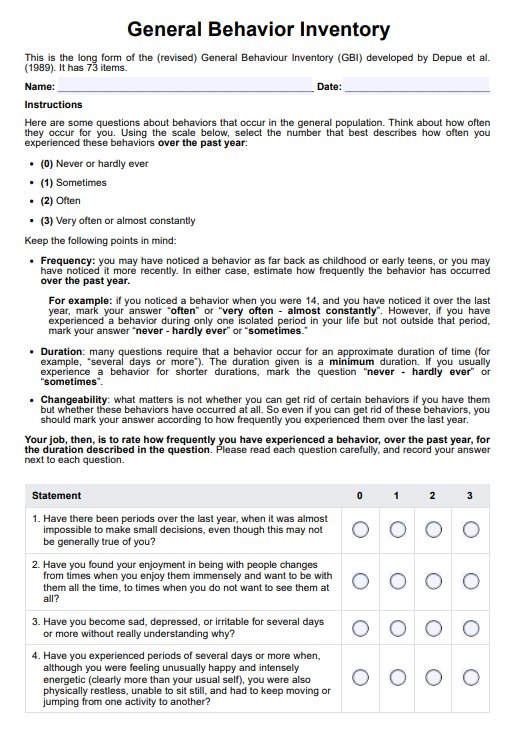
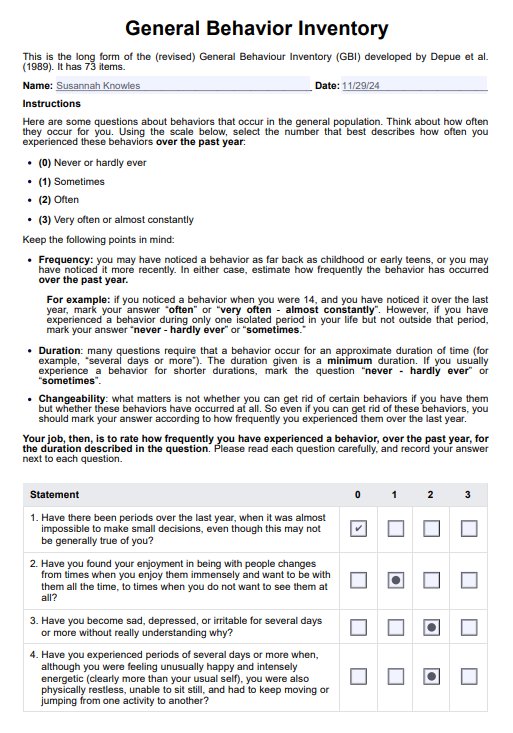

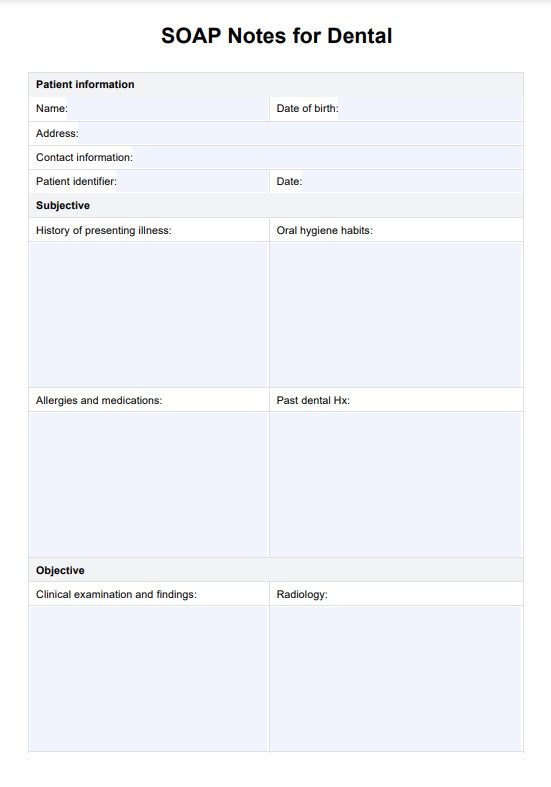
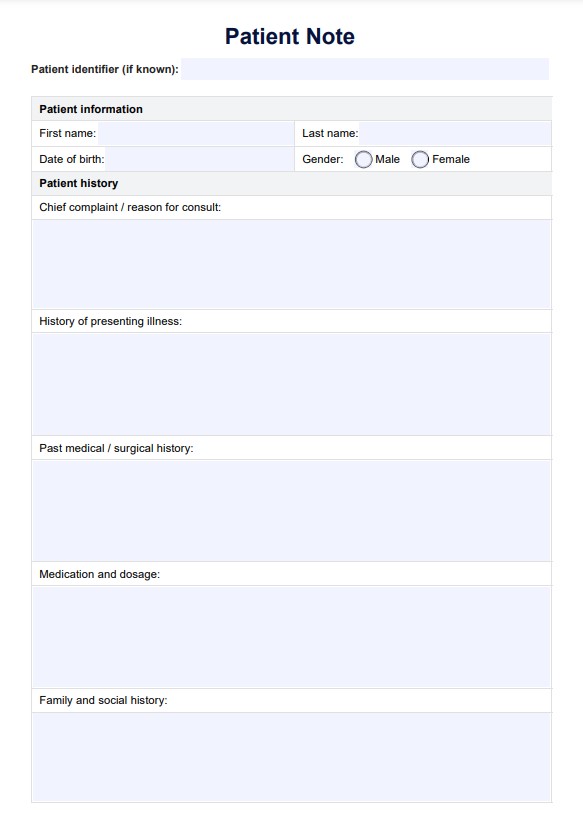
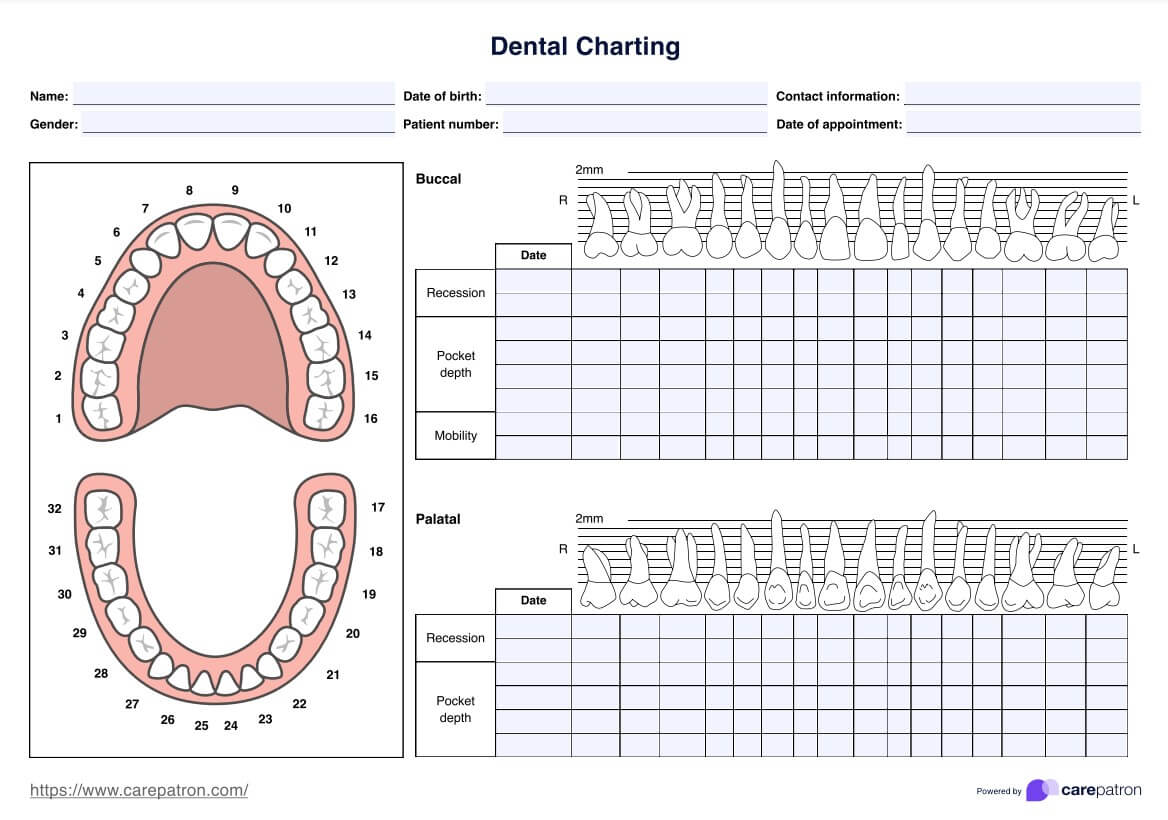
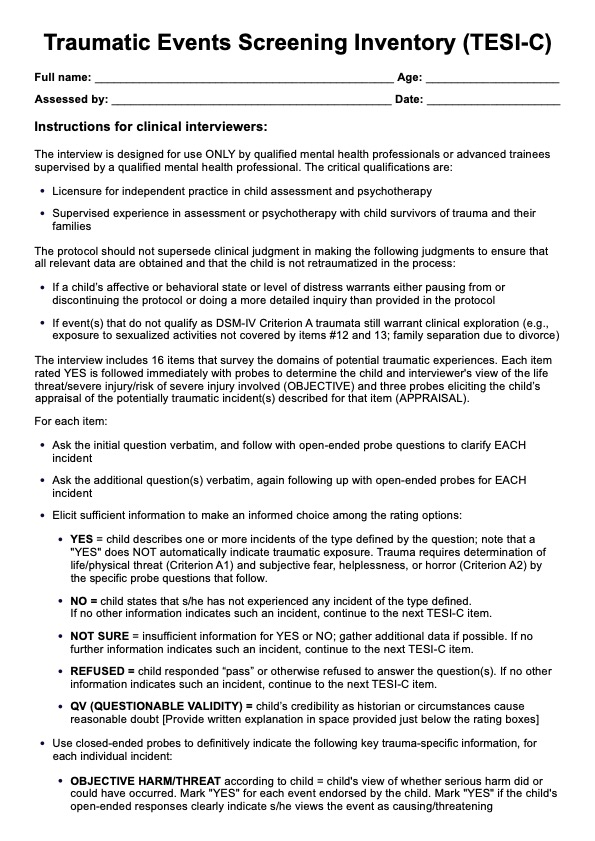
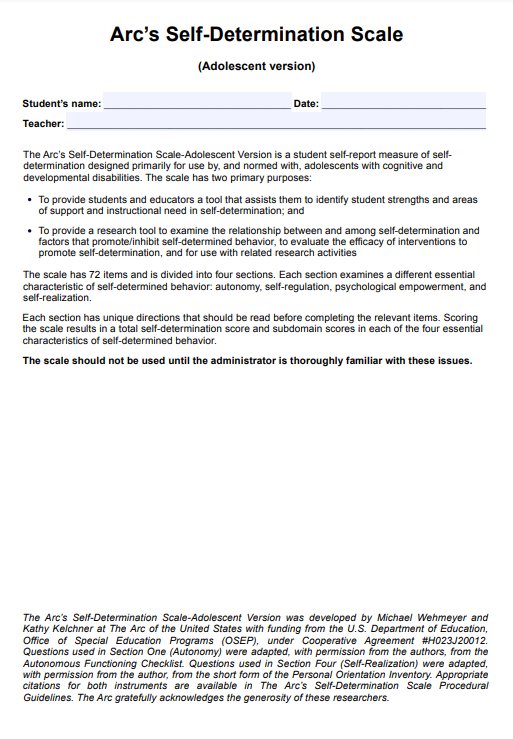
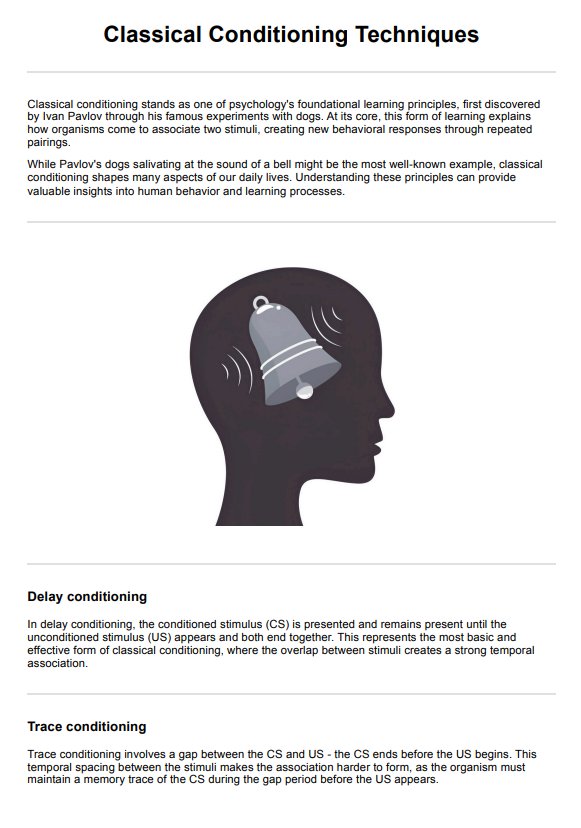
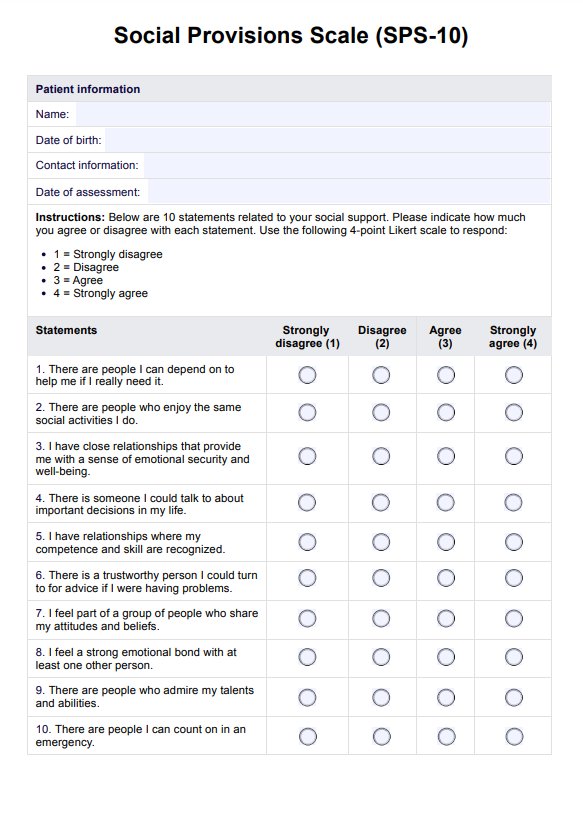

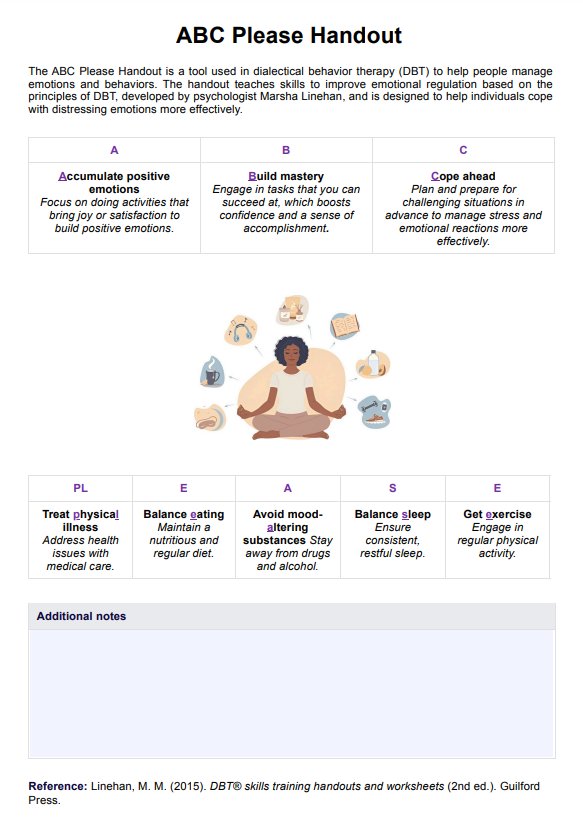
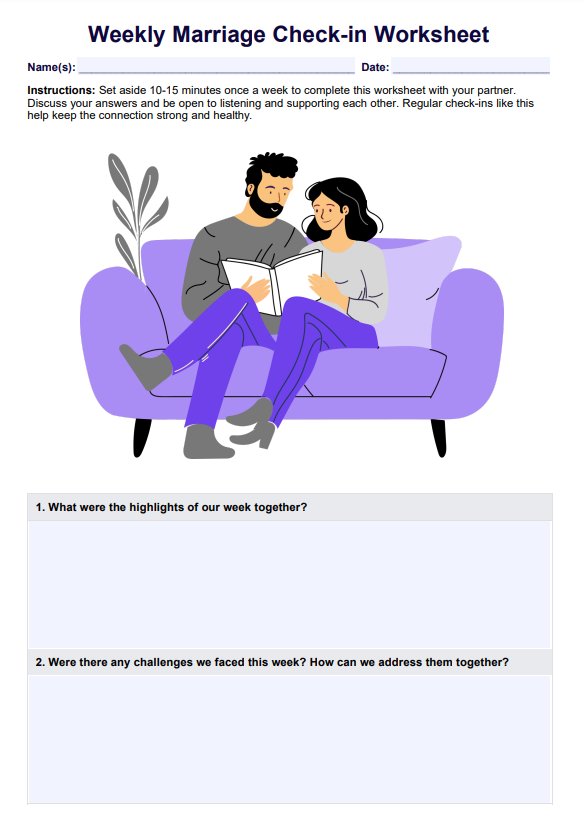
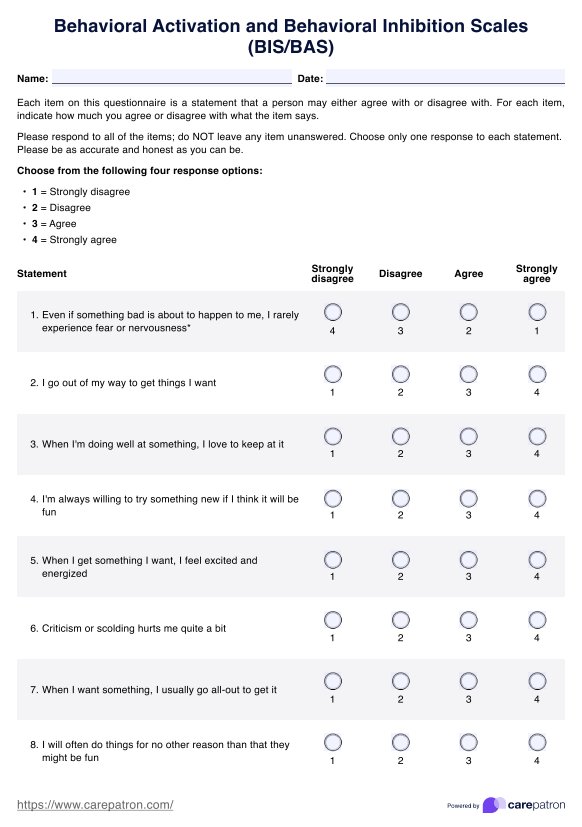
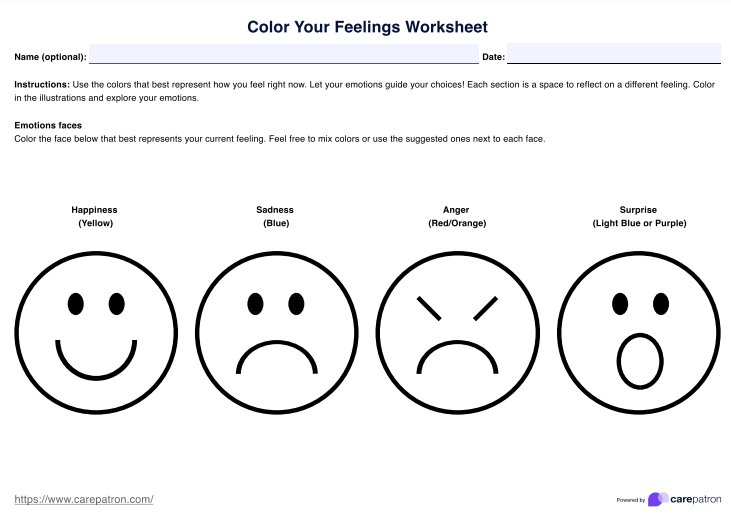
-template.jpg)
